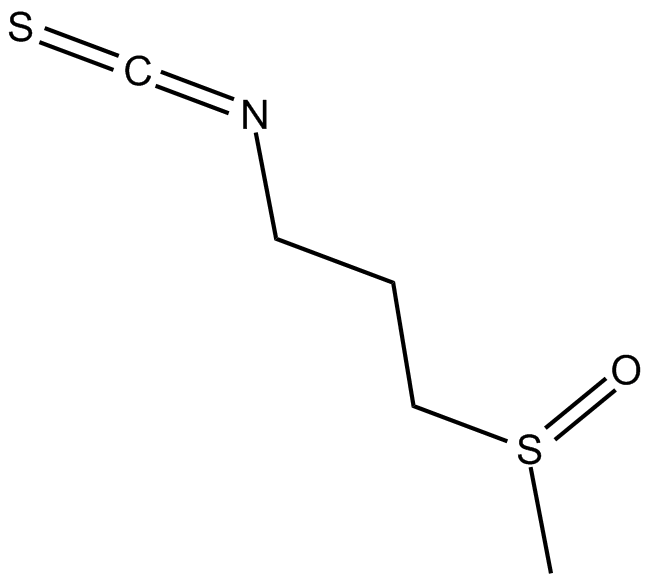Other Apoptosis
Products for Other Apoptosis
- Cat.No. Product Name Information
-
GC12105
Etidronate
Etidronate (Etidronate) is an orally and intravenously active bisphosphonate.
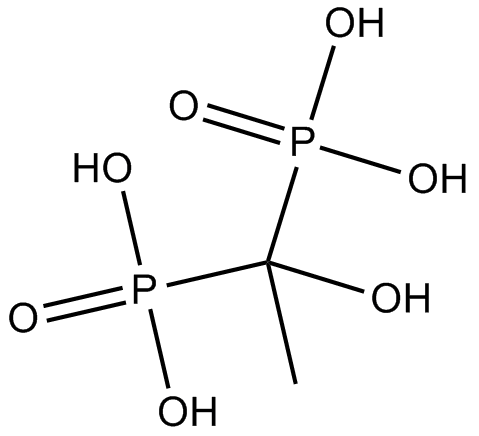
-
GC15617
Etoposide
Topo II inhibitor
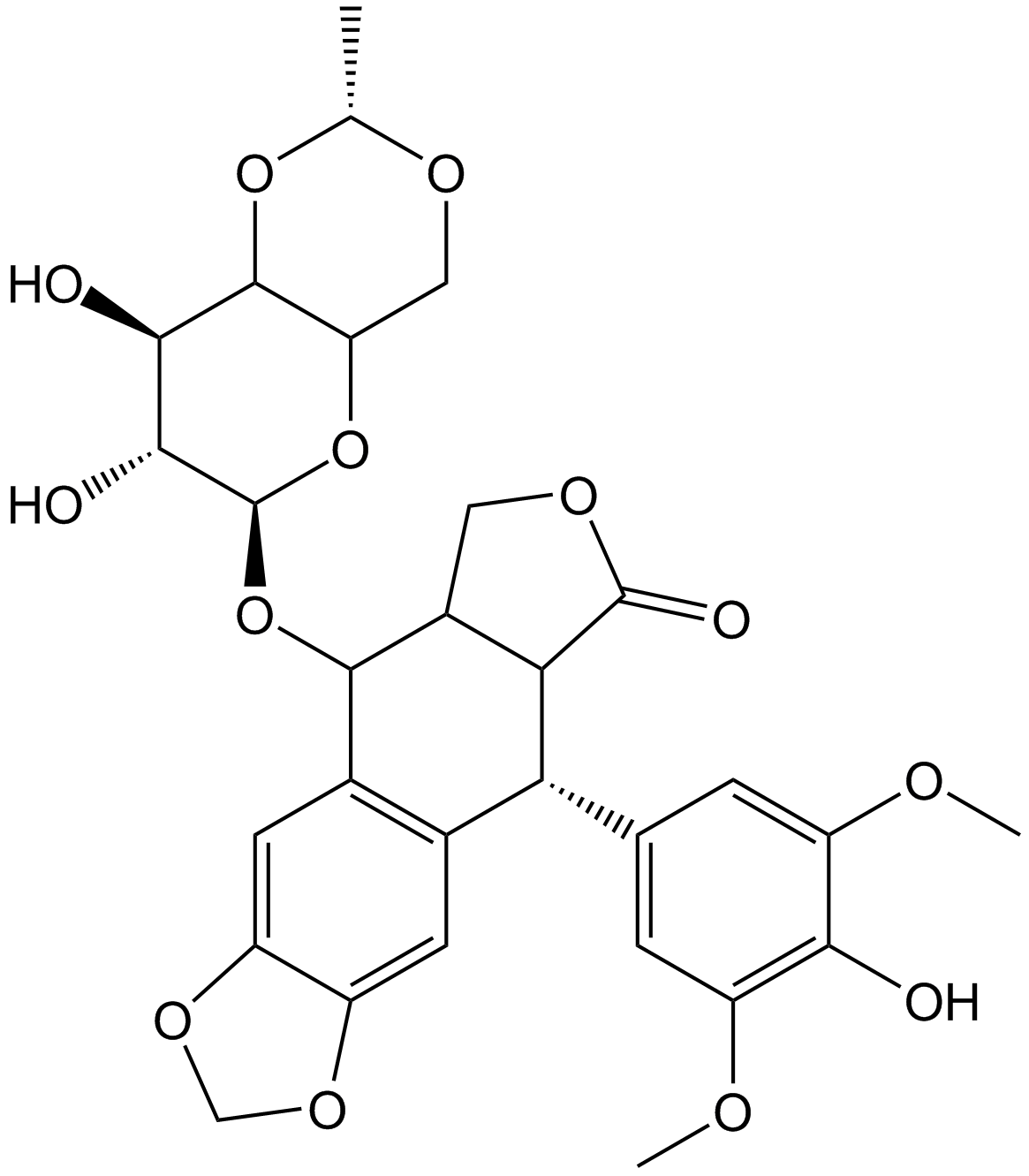
-
GC10855
Etretinate
retinoid receptor agonist
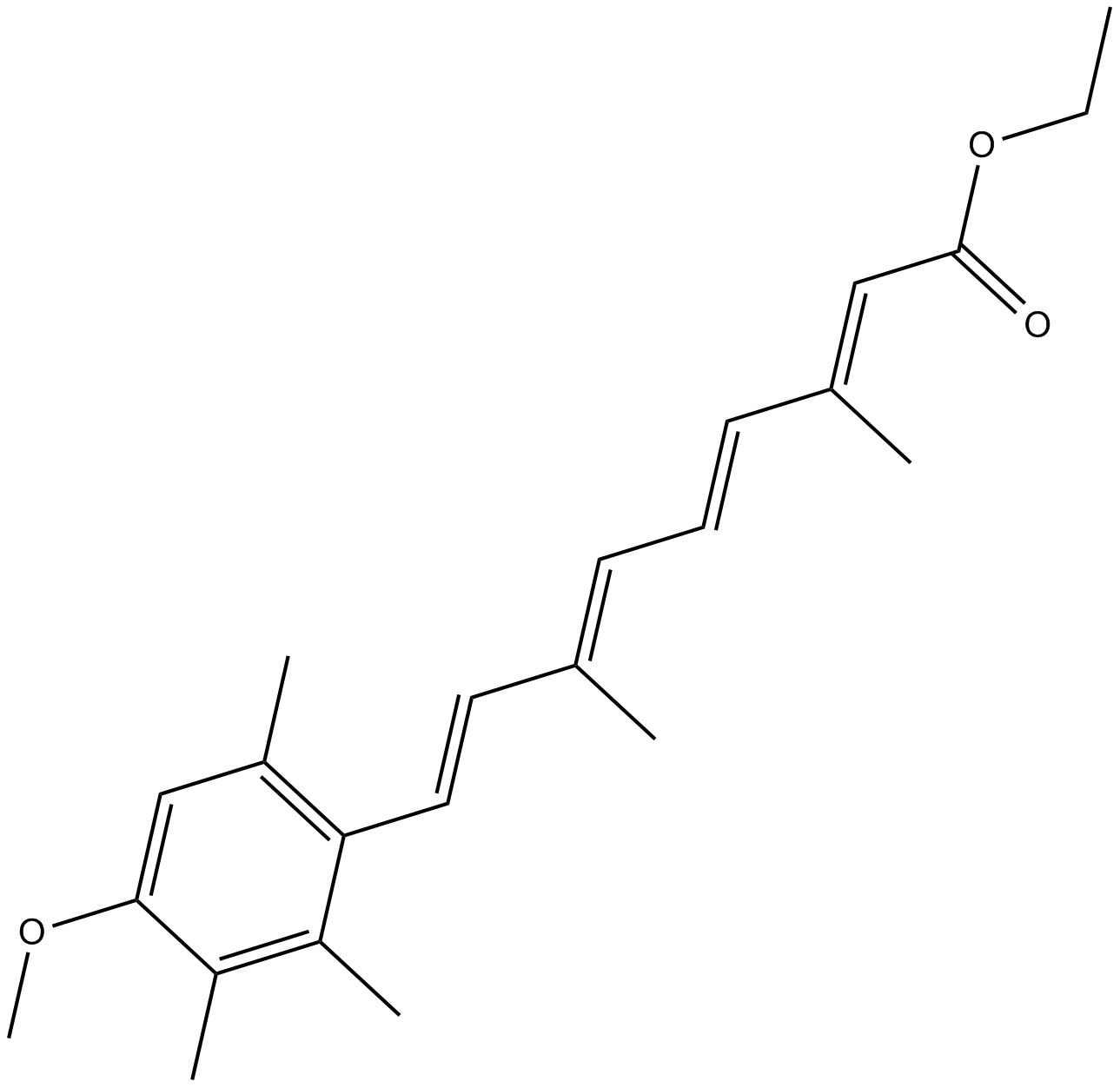
-
GC16517
Eugenol
naturally occuring scent chemical
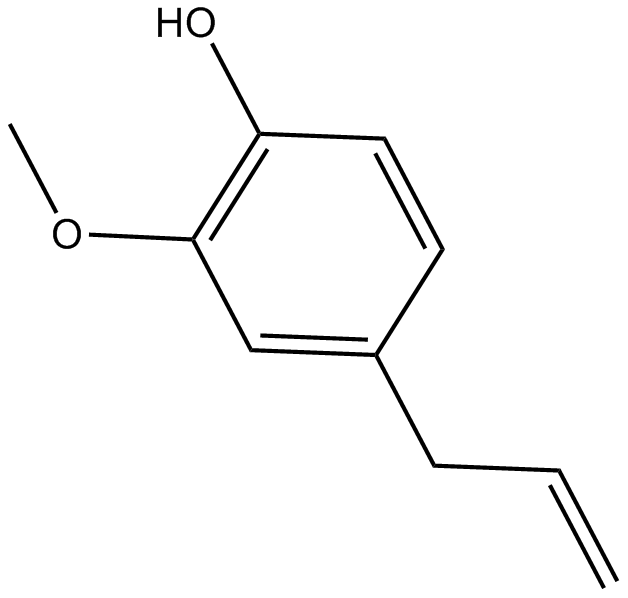
-
GC38165
Euphorbia Factor L1
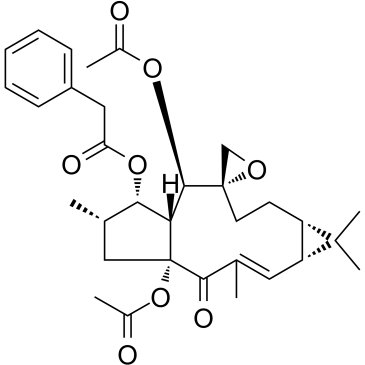
-
GC38392
Euscaphic acid
Euscaphic acid, a DNA polymerase inhibitor, is a triterpene from the root of the R. alceaefolius Poir. Euscaphic inhibits calf DNA polymerase α (pol α) and rat DNA polymerase β (pol β) with IC50 values of 61 and 108 μM. Euscaphic acid induces apoptosis.
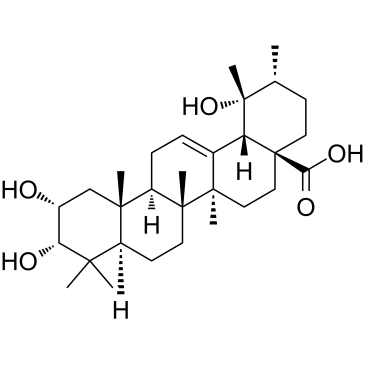
-
GC14791
F16
potential antitumor agent
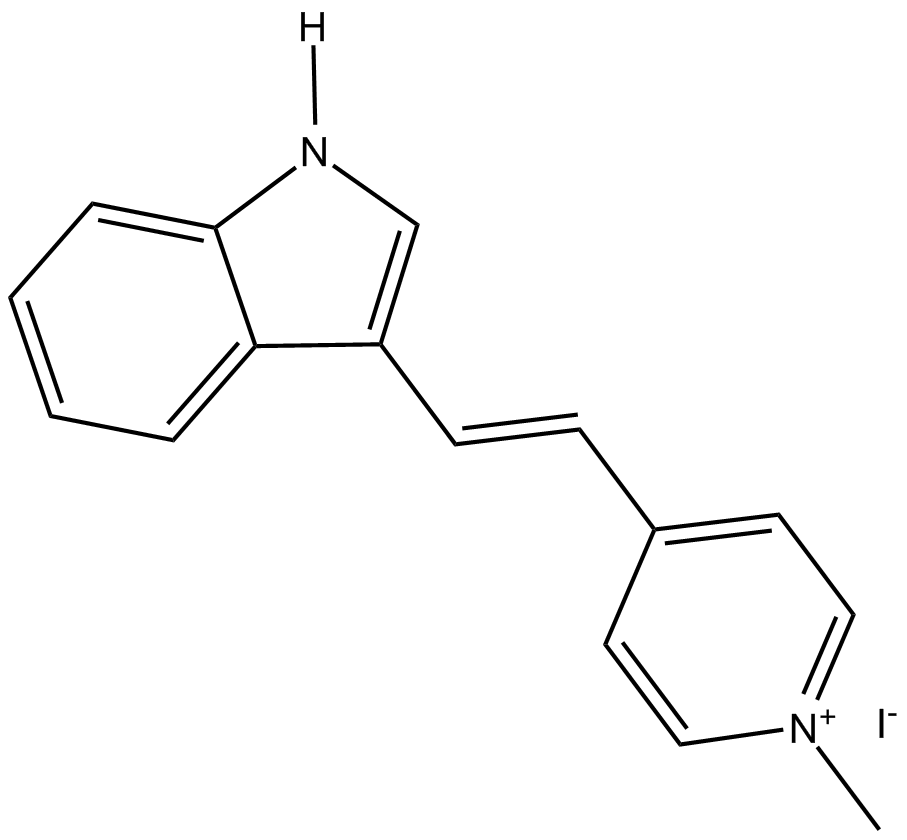
-
GC38437
Fangchinoline
An alkaloid with diverse biological activities
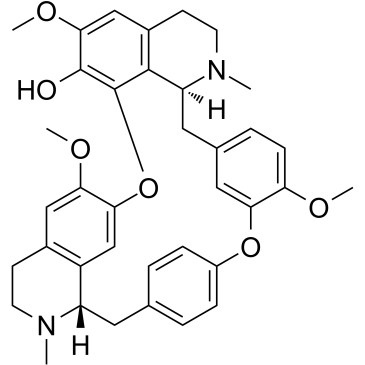
-
GC14499
Fenoprofen calcium hydrate
nonsteroidal, anti-inflammatory antiarthritic agent
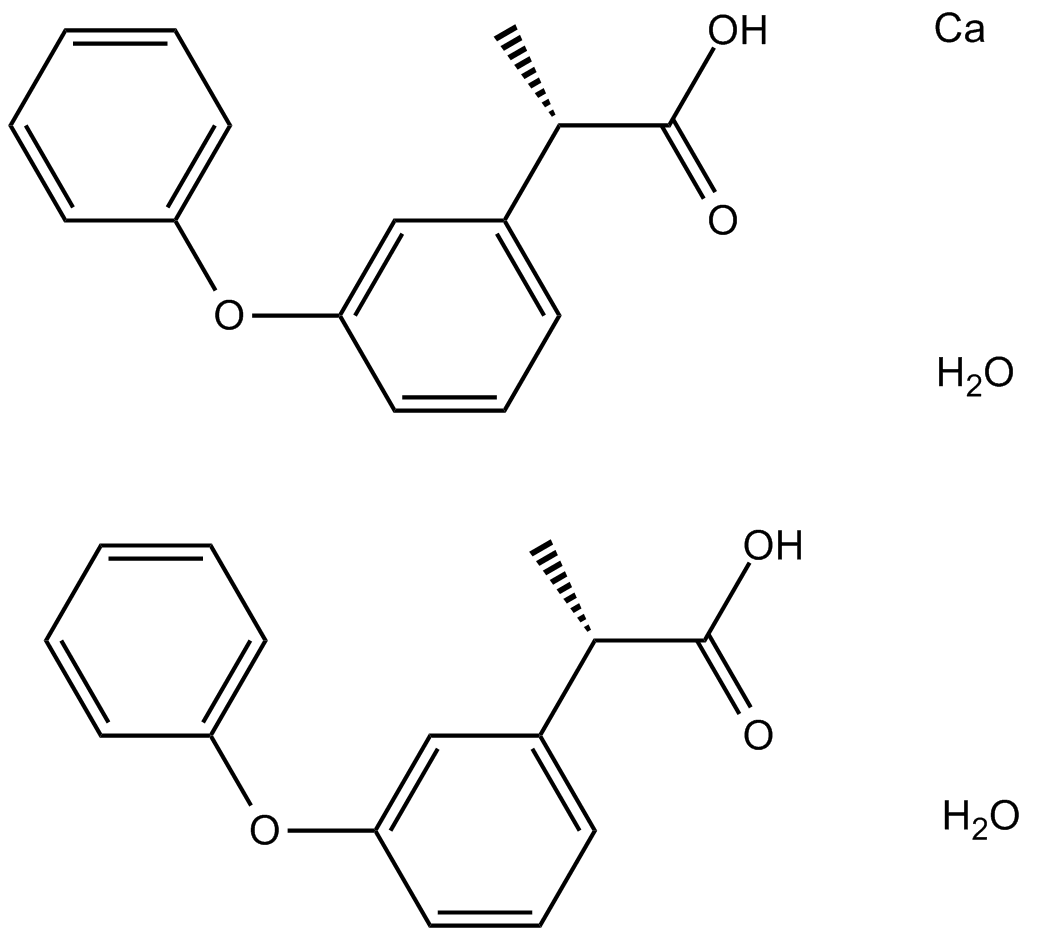
-
GC12940
Fidaxomicin
macrocyclic antibiotic
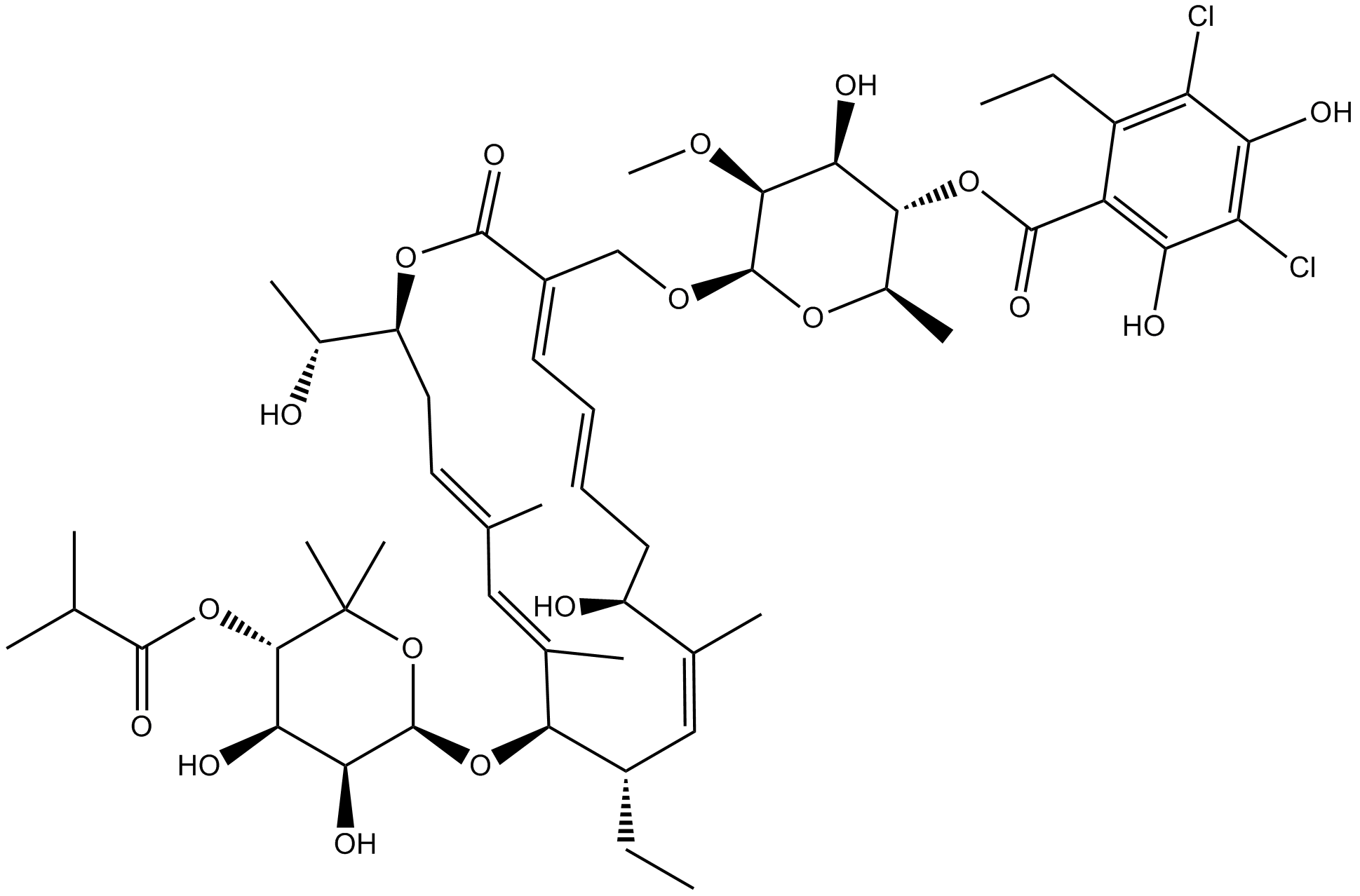
-
GC36046
Fimasartan
Fimasartan(BR-A-657) is a non-peptide angiotensin II receptor antagonist used for the treatment of hypertension and heart failure.
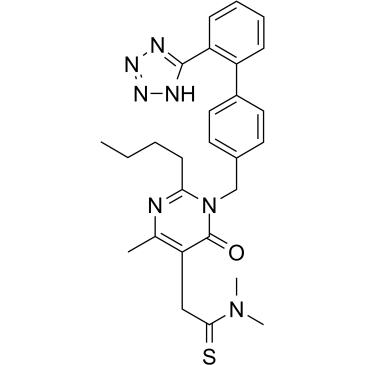
-
GC41261
Flavokawain B
Flavokawain B is a natural chalcone first isolated from extracts of kava roots.
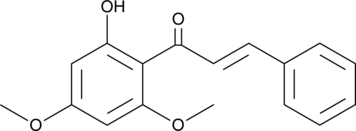
-
GC36050
Flavokawain C
Flavokawain C is a natural chalcone found in Kava root. Flavokawain C exerts cytotoxicity against human cancer cell lines, with an IC50 of 12.75 μM for HCT 116 cells.
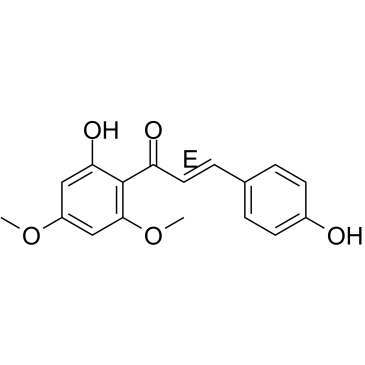
-
GC16875
FLLL32
STAT3 inhibitor
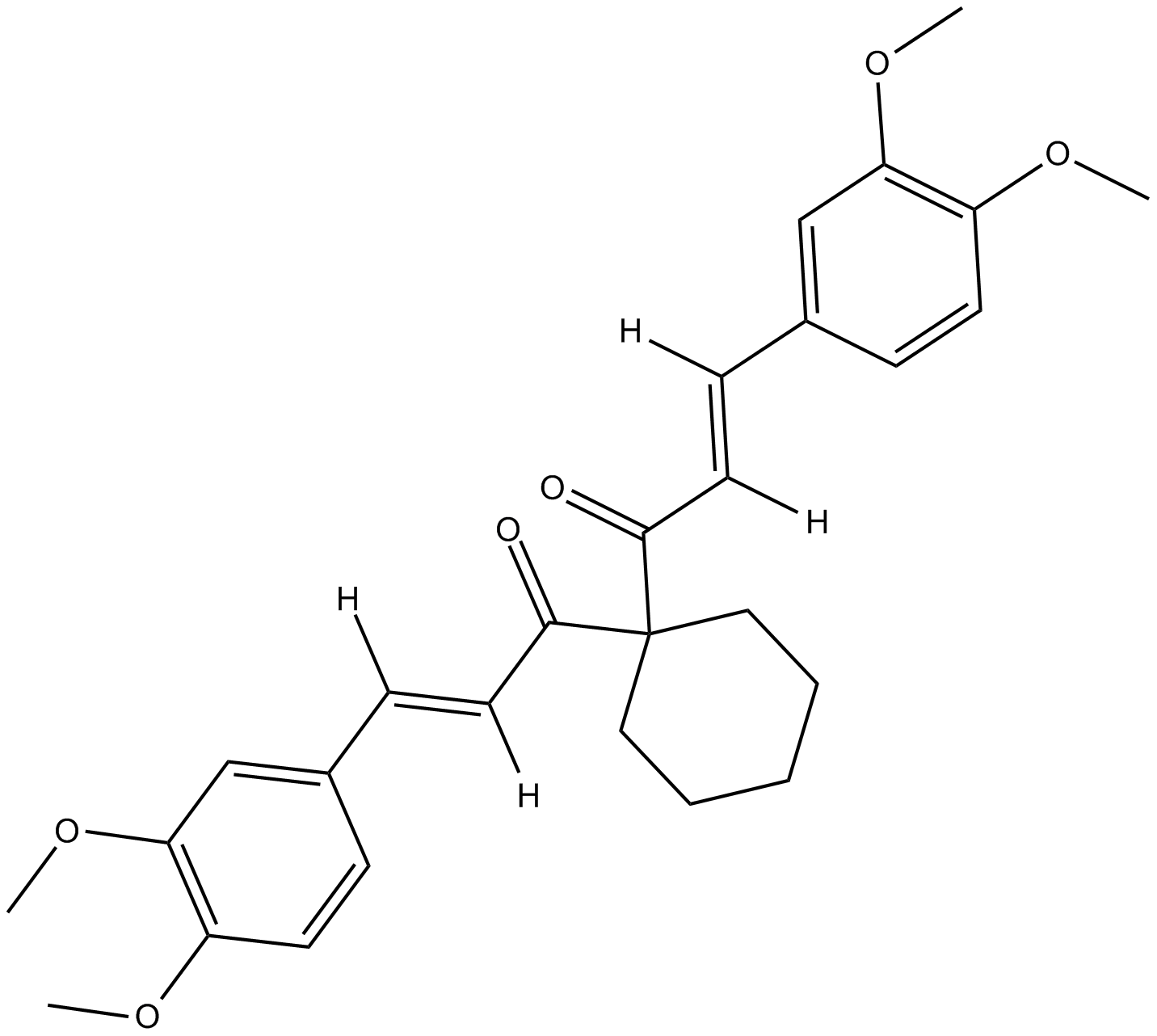
-
GC13210
Flubendazole
Autophagy activator
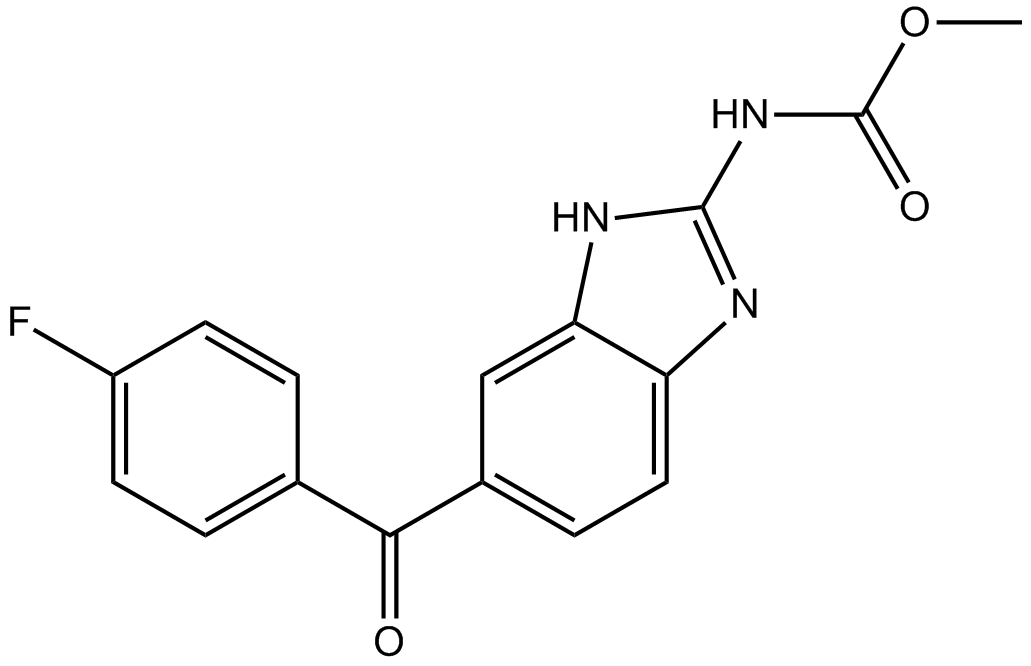
-
GC14144
Fludarabine
DNA synthsis inhibitor
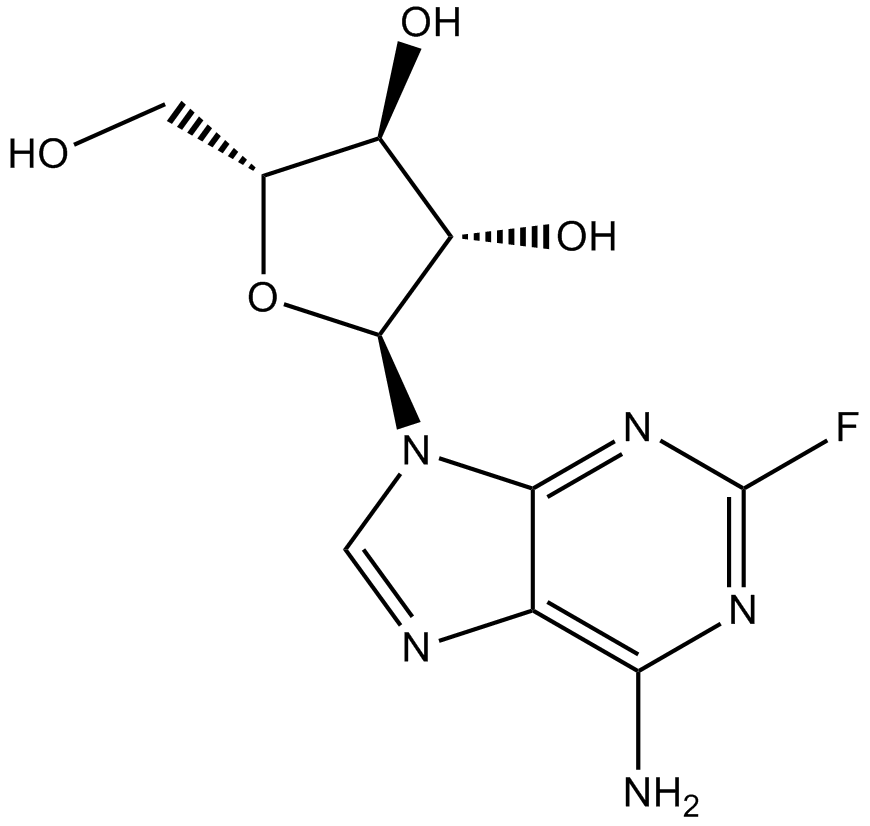
-
GC15134
Fludarabine Phosphate (Fludara)
Fludarabine (phosphate) is an analogue of adenosine and deoxyadenosine, which is able to compete with dATP for incorporation into DNA and inhibit DNA synthesis.
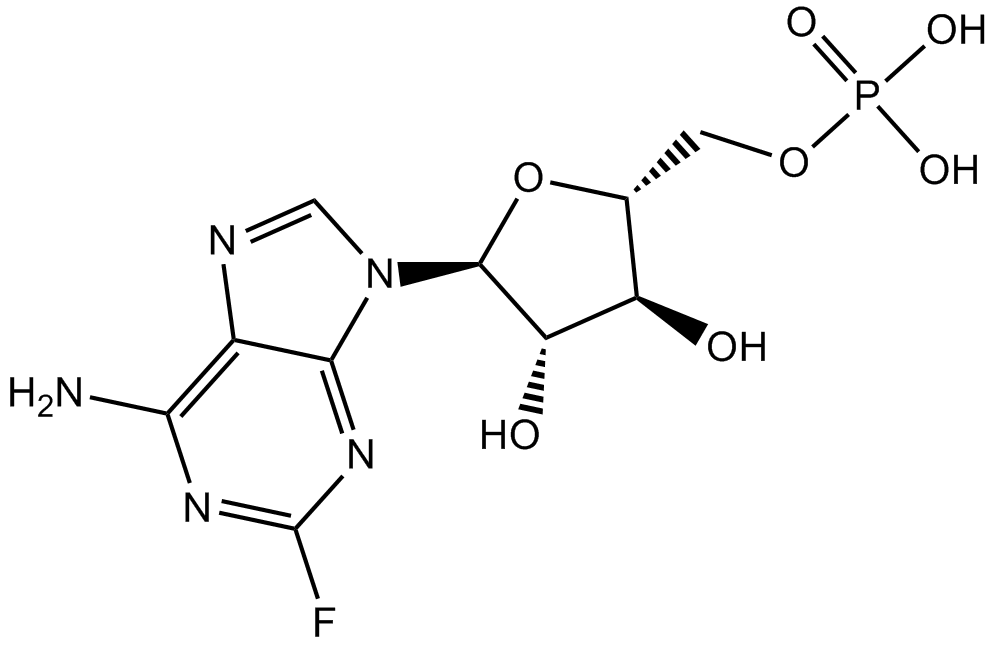
-
GC16880
Flurbiprofen
Cyclooxygenase inhibitors
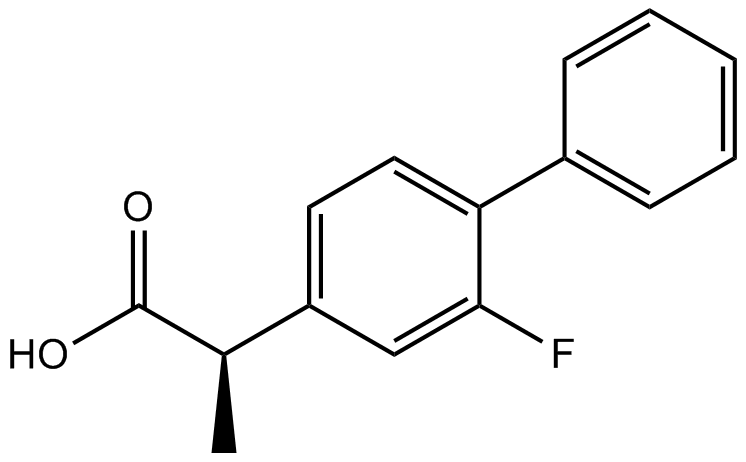
-
GN10527
Formononetin
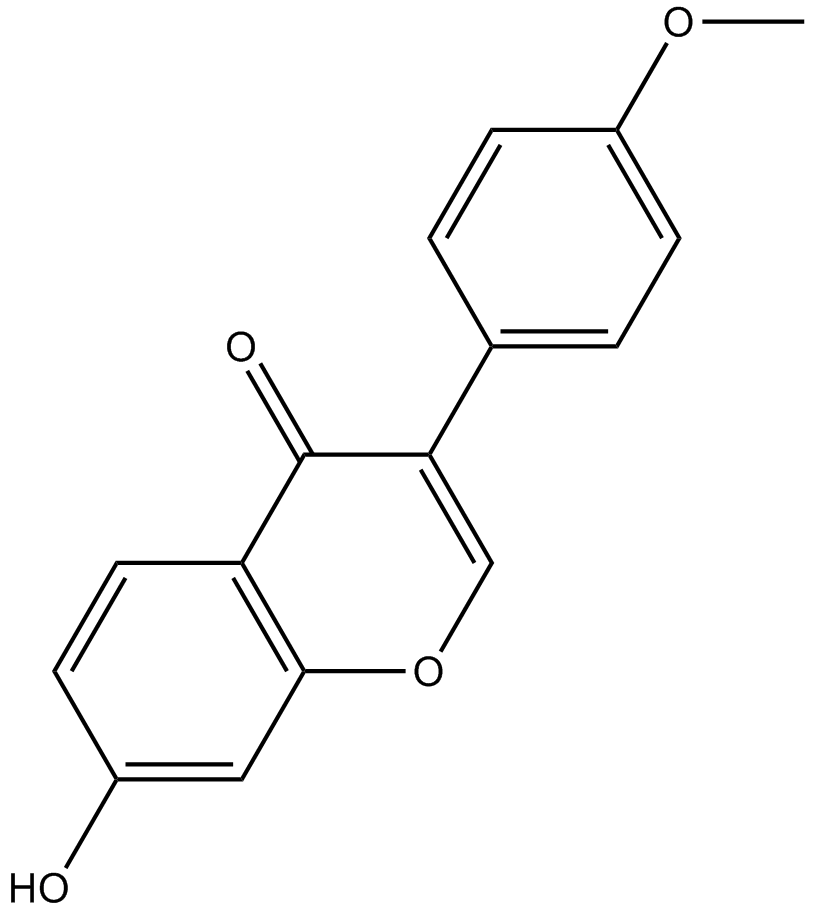
-
GC36065
Formosanin C
Formosanin C is a diosgenin saponin isolated from Paris formosana Hayata and an immunomodulator with antitumor activity. Formosanin C induces apoptosis.
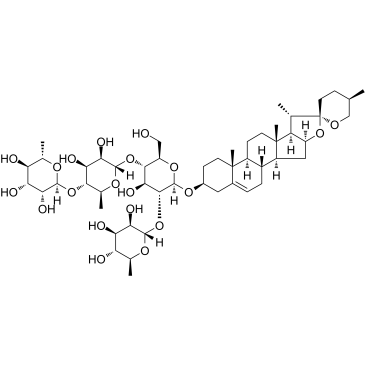
-
GC33029
Forodesine (BCX-1777 freebase)
Forodesine (BCX-1777 freebase) (BCX-1777) is a highly potent and orally active purine nucleoside phosphorylase (PNP) inhibitor with IC50 values ranging from 0.48 to 1.57 nM for human, mouse, rat, monkey and dog PNP. Forodesine (BCX-1777 freebase) is a potent human lymphocyte proliferation inhibitor. Forodesine (BCX-1777 freebase) could induce apoptosis in leukemic cells by increasing the dGTP levels.
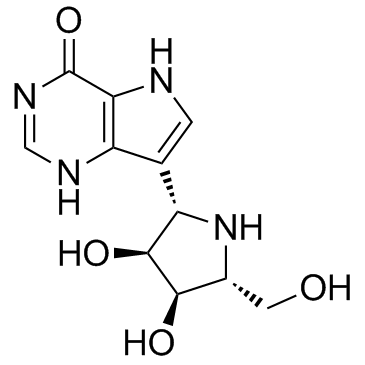
-
GC32708
Forodesine hydrochloride (BCX-1777)
Forodesine hydrochloride (BCX-1777) (BCX-1777 hydrochloride) is a highly potent and orally active purine nucleoside phosphorylase (PNP) inhibitor with IC50 values ranging from 0.48 to 1.57 nM for human, mouse, rat, monkey and dog PNP. Forodesine hydrochloride (BCX-1777) is a potent human lymphocyte proliferation inhibitor. Forodesine hydrochloride (BCX-1777) could induce apoptosis in leukemic cells by increasing the dGTP levels.
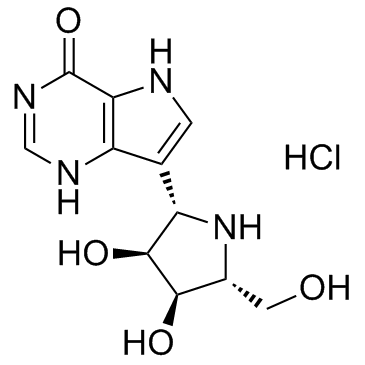
-
GC12308
Fosbretabulin (Combretastatin A4 Phosphate (CA4P)) Disodium
Fosbretabulin (Combretastatin A4 Phosphate (CA4P)) Disodium (CA 4DP) is a tubulin destabilizing agent. Fosbretabulin (Combretastatin A4 Phosphate (CA4P)) Disodium is the Combretastatin A4 prodrug that selectively targets endothelial cells, induces regression of nascent tumour neovessels, reduces tumour blood flow and causes central tumour necrosis.
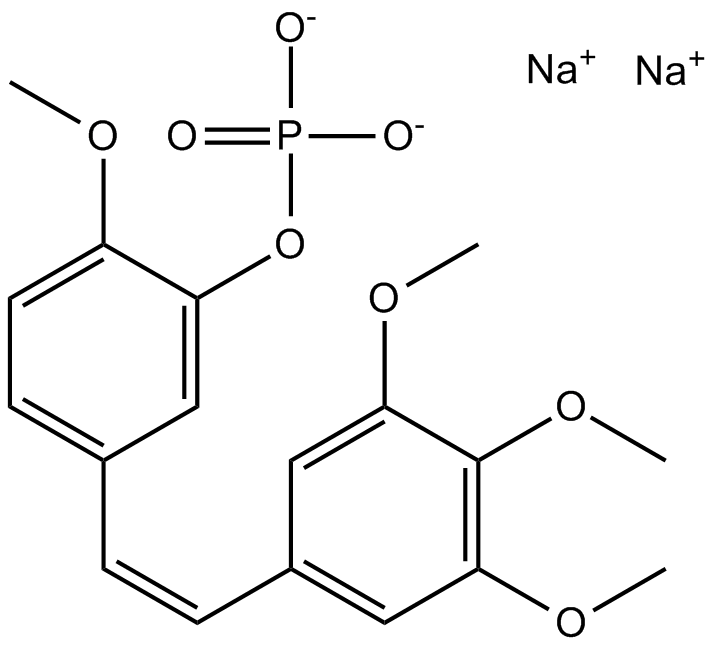
-
GC25428
Foscenvivint (ICG-001)
Foscenvivint (ICG-001) antagonizes Wnt/β-catenin/TCF-mediated transcription and specifically binds to CREB-binding protein (CBP) with IC50 of 3 μM, but is not the related transcriptional coactivator p300. ICG-001 induces apoptosis.

-
GC38551
FPA-124
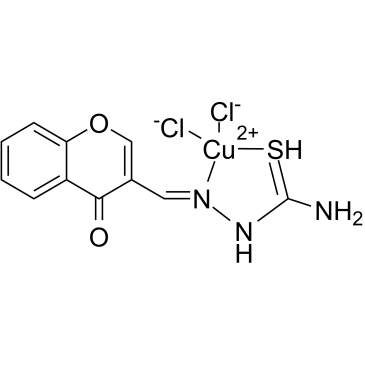
-
GC10647
FR 180204
ERK inhibitor
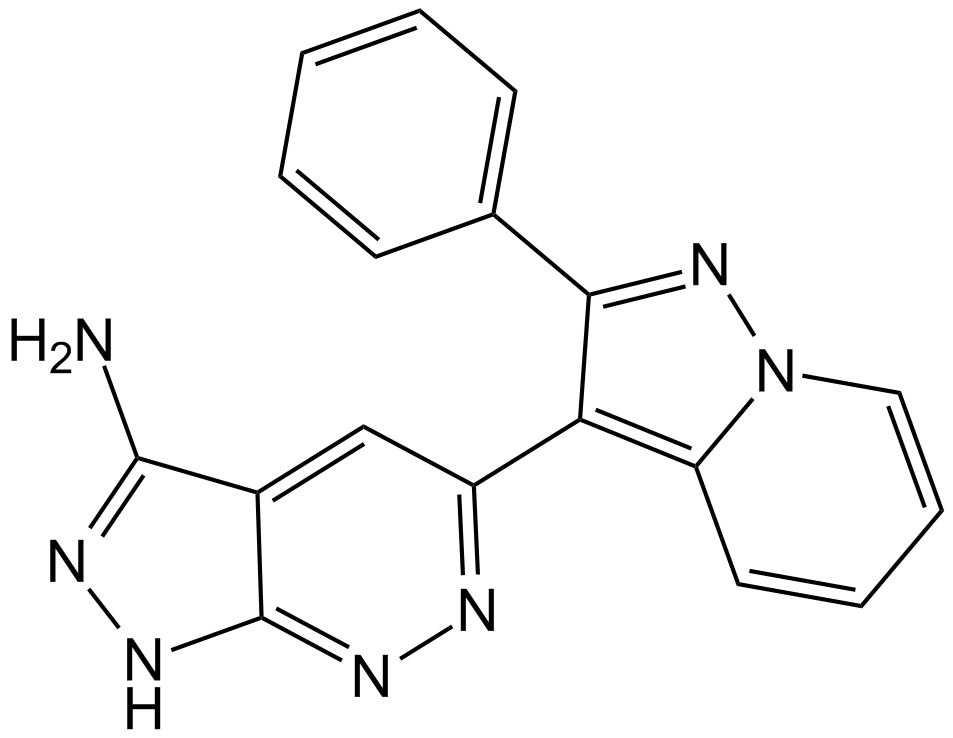
-
GC16310
FTI 277 HCl
FTI 277 HCl is an inhibitor of farnesyl transferase (FTase); a highly potent Ras CAAX peptidomimetic which antagonizes both H- and K-Ras oncogenic signaling.
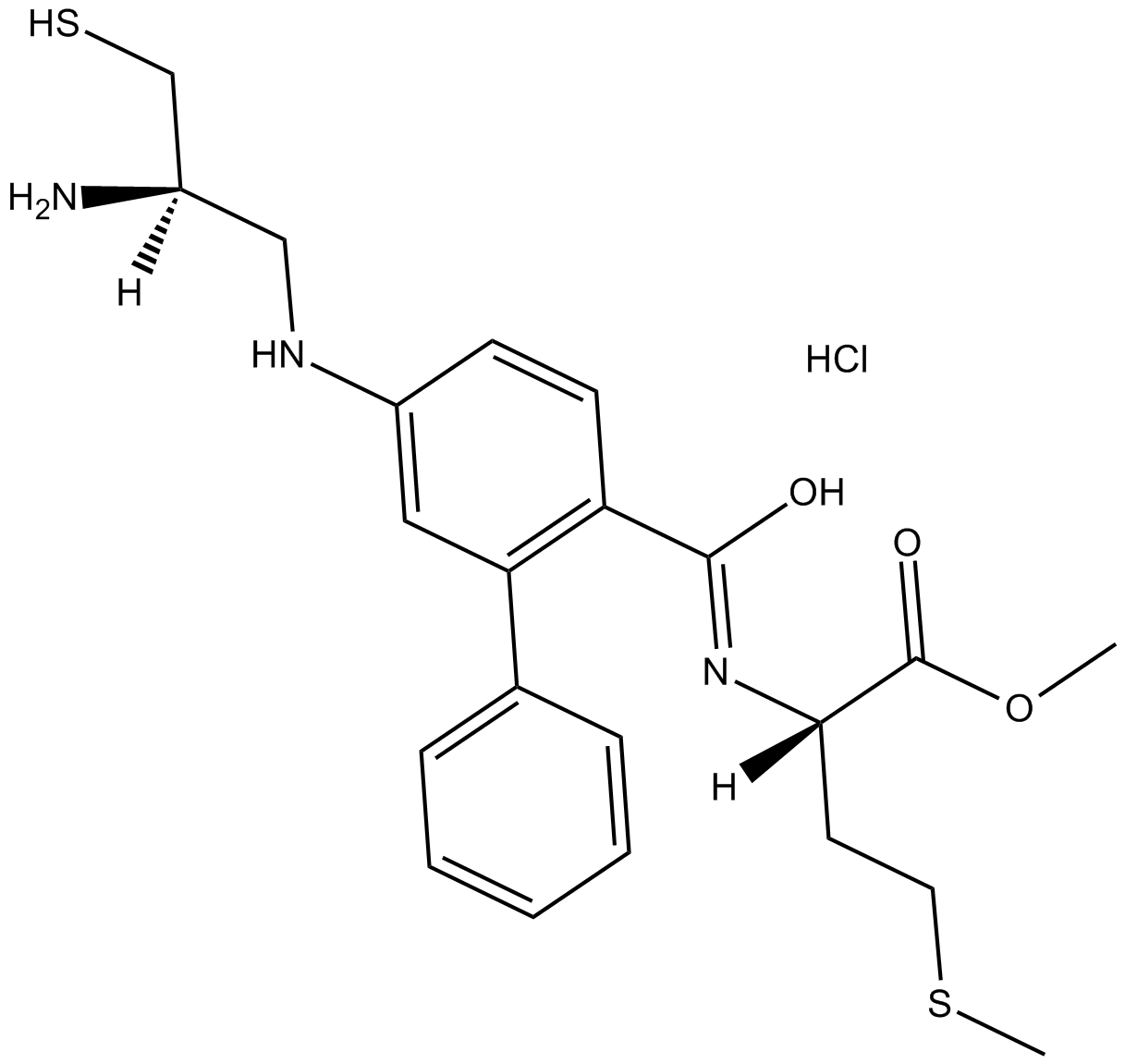
-
GC32138
Furazolidone
A nitrofuran antiprotozoal and antibacterial agent
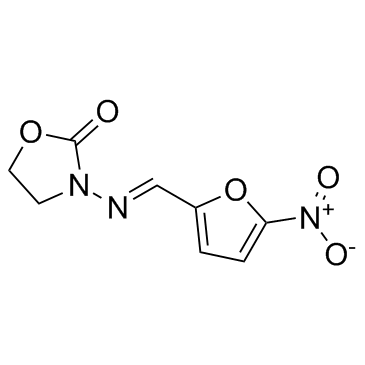
-
GC12178
G-749
FLT3 inhibitor
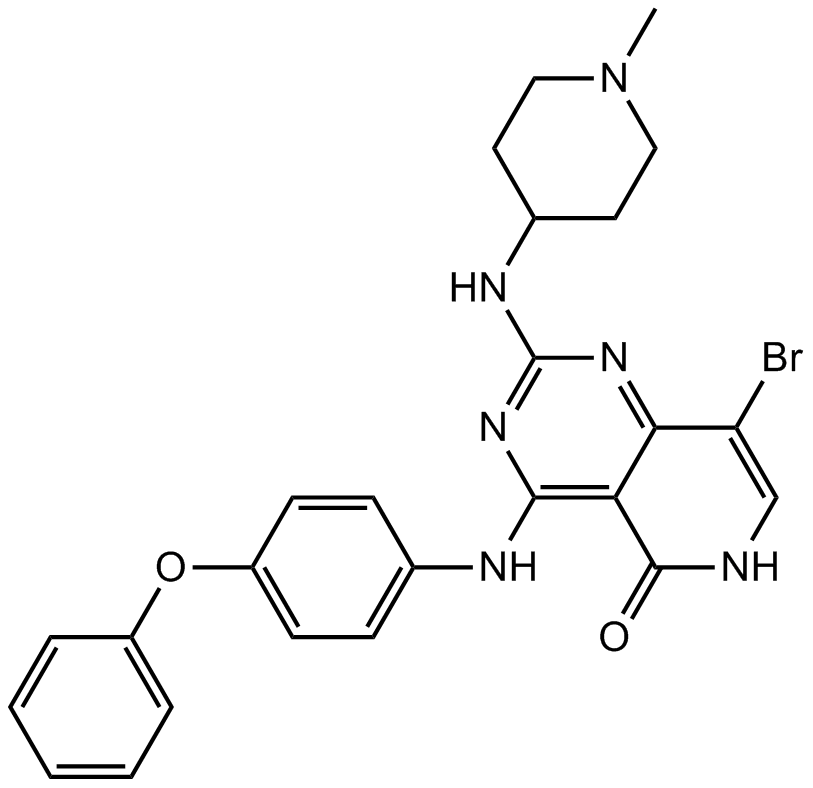
-
GC36103
Galanthamine hydrobromide
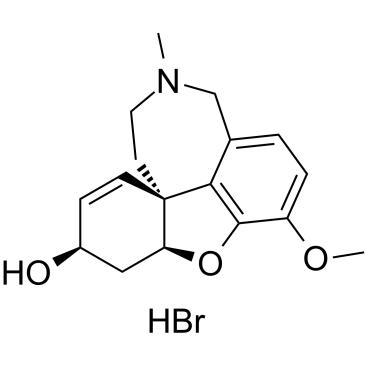
-
GN10388
Gallic acid

-
GC17655
Ganetespib (STA-9090)
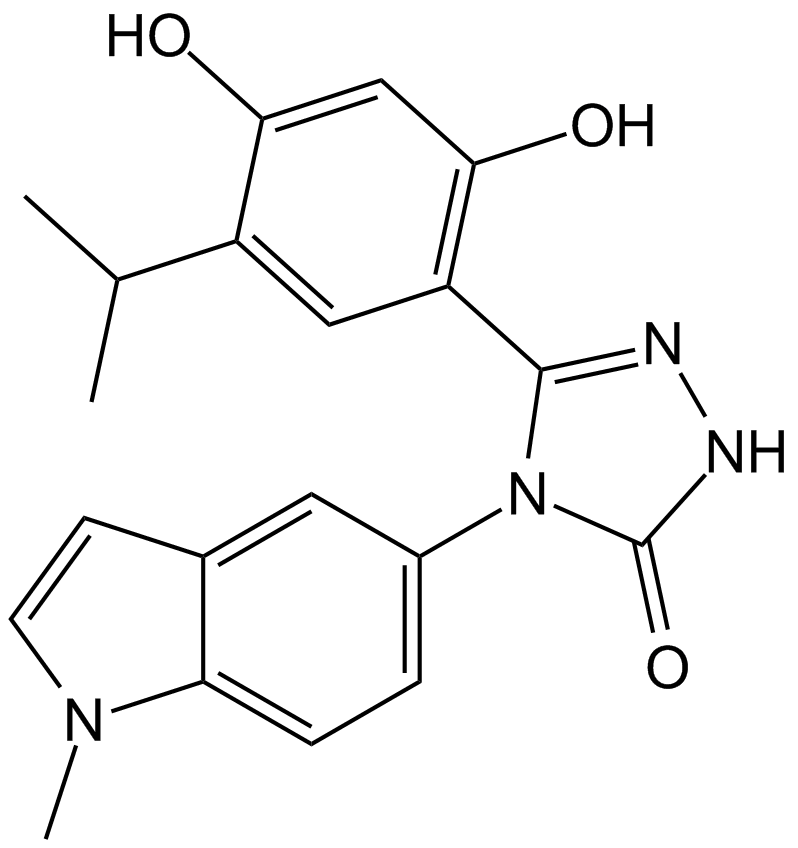
-
GC36114
Ganoderenic acid D
Ganoderenic acid D is a triterpene identified from the effective compounds of Ganoderma lucidum extract (GLE). Ganoderenic acid D inhibits the proliferation of cancer cells by inducing cell cycle arrest and apoptosis.
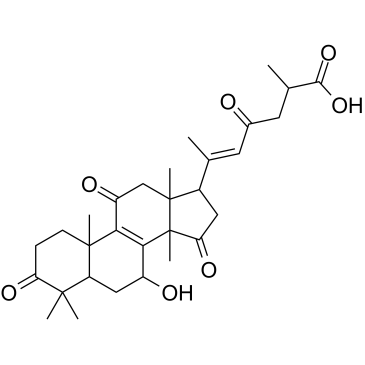
-
GN10109
Ganoderic Acid A
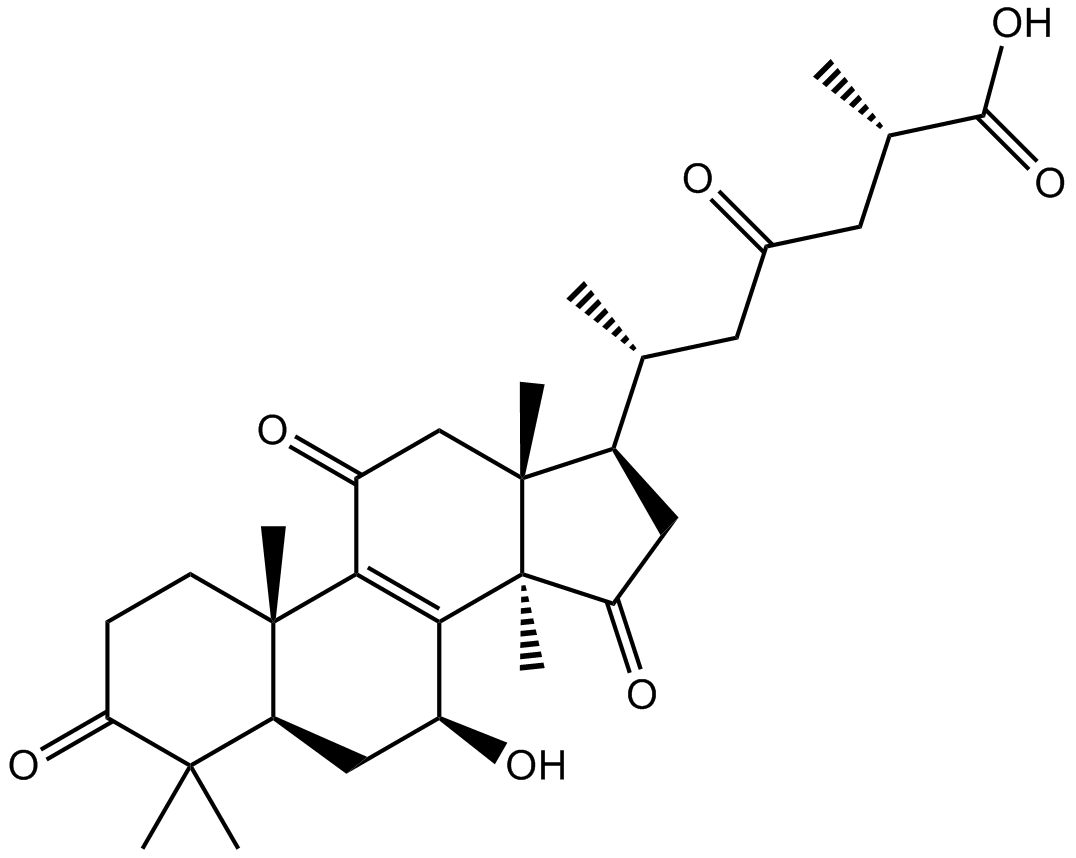
-
GC13474
Garcinol
Inhibitor of PCAF and p300 histone acetyltransferase (HAT) activity
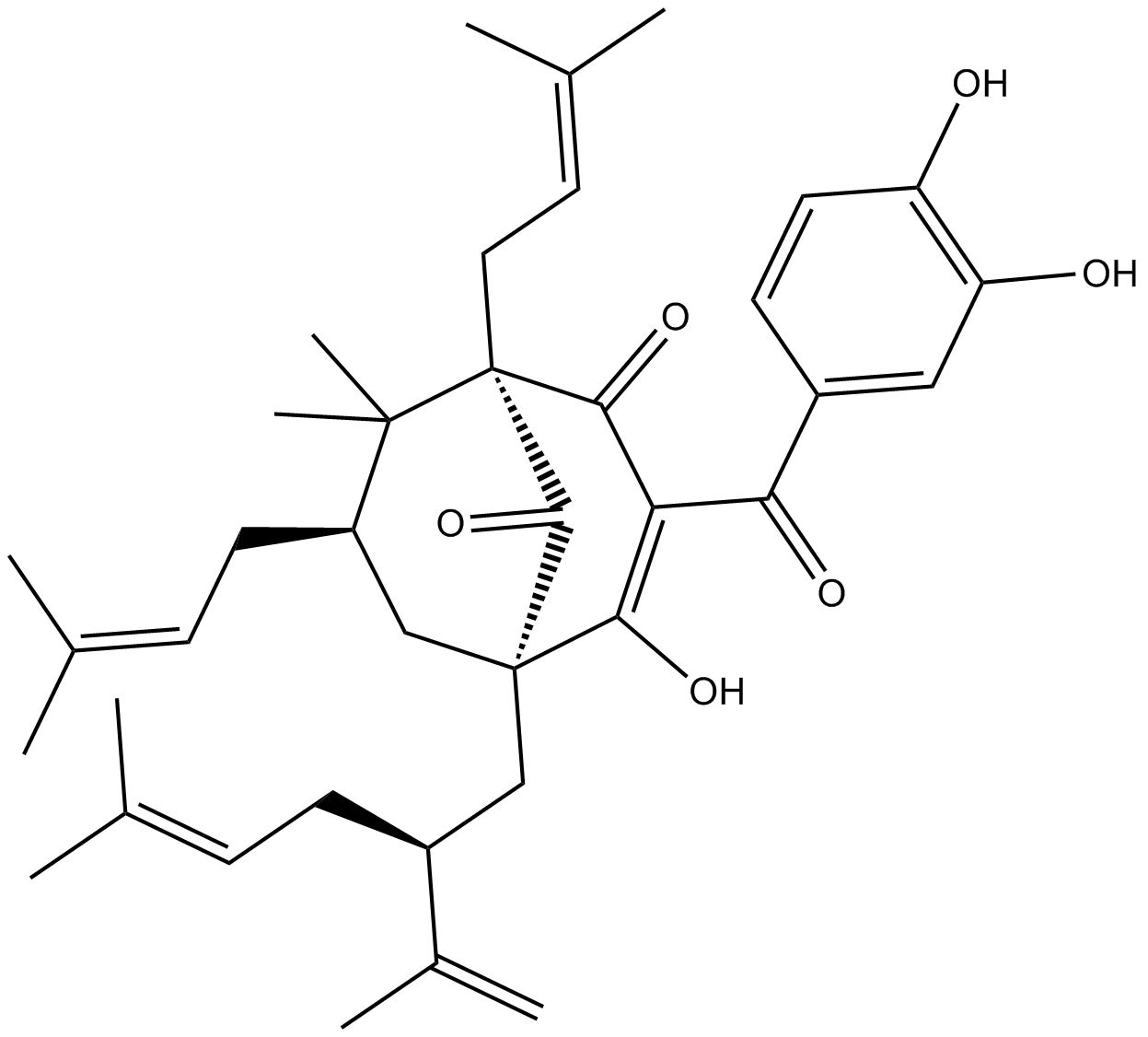
-
GC36122
Gardenin B
Gardenin B is a flavonoid isolated from Baccharis scandens. Gardenin B induces cell death in human leukemia cells involves multiple caspases.
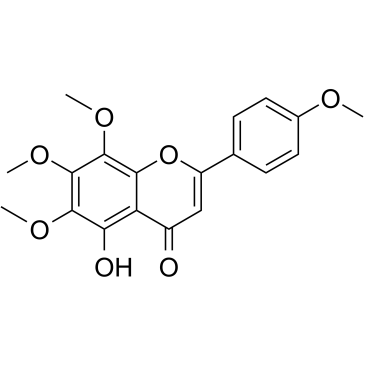
-
GC32710
GDC-0077 (RG6114)
GDC-0077 (RG6114) is a potent, orally available, and selective PI3Kα inhibitor (IC50=0.038 nM). GDC-0077 (RG6114) exerts its activity by binding to the ATP binding site of PI3K, thereby inhibiting the phosphorylation of PIP2 to PIP3. GDC-0077 (RG6114) is more selective for mutant versus wild-type PI3Kα.
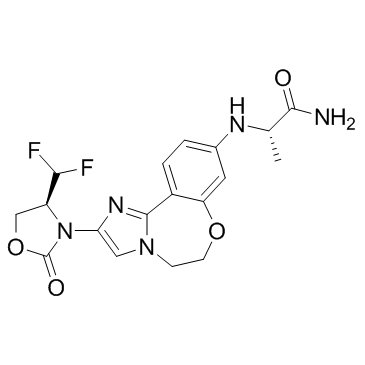
-
GC14247
GDC-0623
MEK1 inhibitor, potent and ATP-uncompetitive
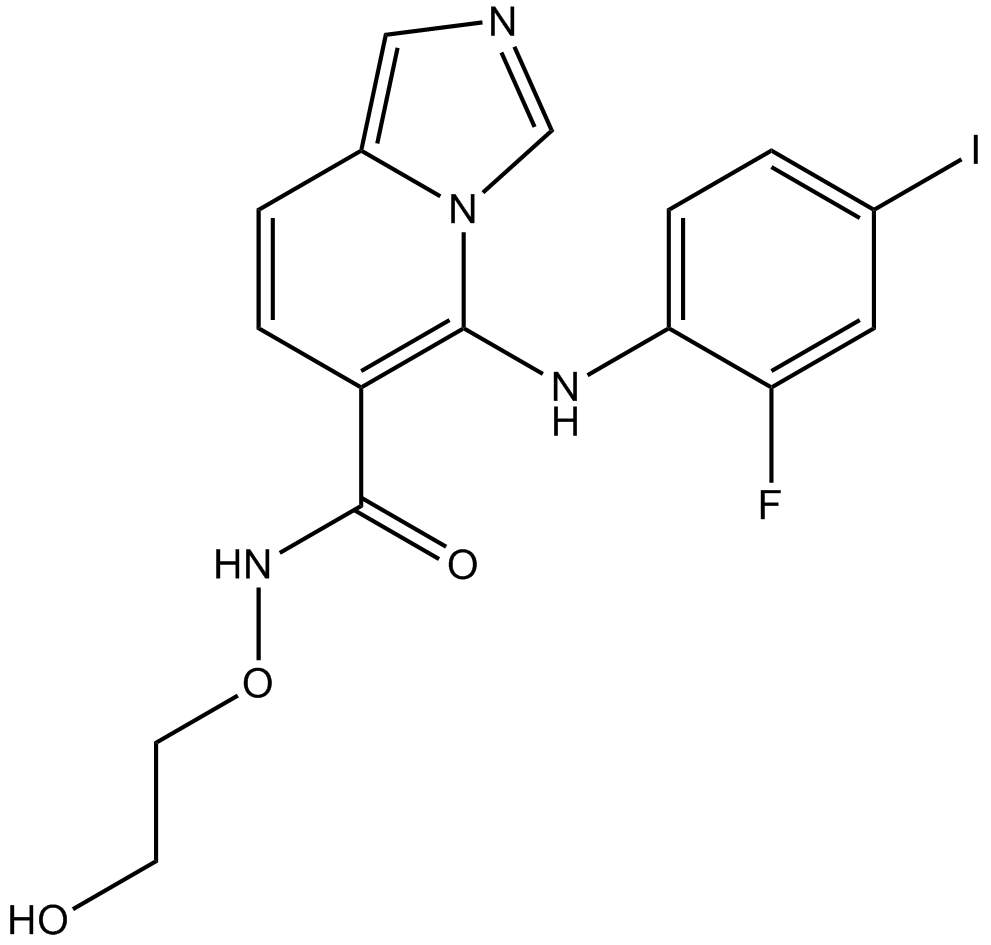
-
GC11177
GDC-0980 (RG7422)
GDC-0980 (RG7422) (GDC-0980; GNE 390; RG 7422) is a selective, potent, orally bioavailable Class I PI3 kinase and mTOR kinase (TORC1/2) inhibitor with IC50s of 5 nM/27 nM/7 nM/14 nM for PI3Kα/PI3Kβ/PI3Kδ/PI3Kγ, and with aKiof 17 nM for mTOR.
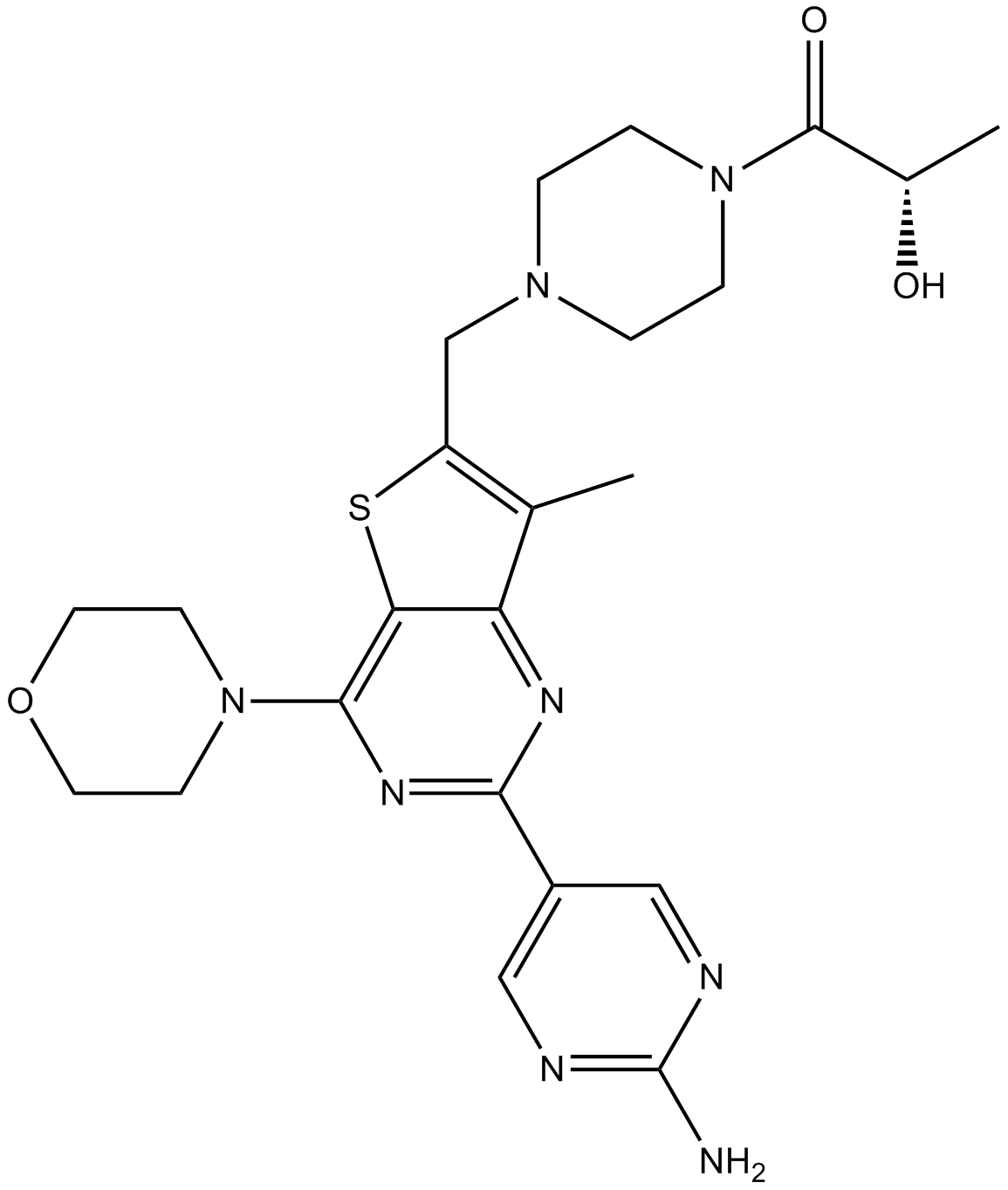
-
GC36130
Gemcitabine elaidate
A prodrug form of gemcitabine
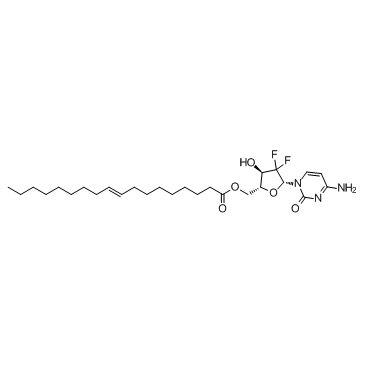
-
GN10076
Geniposidic acid
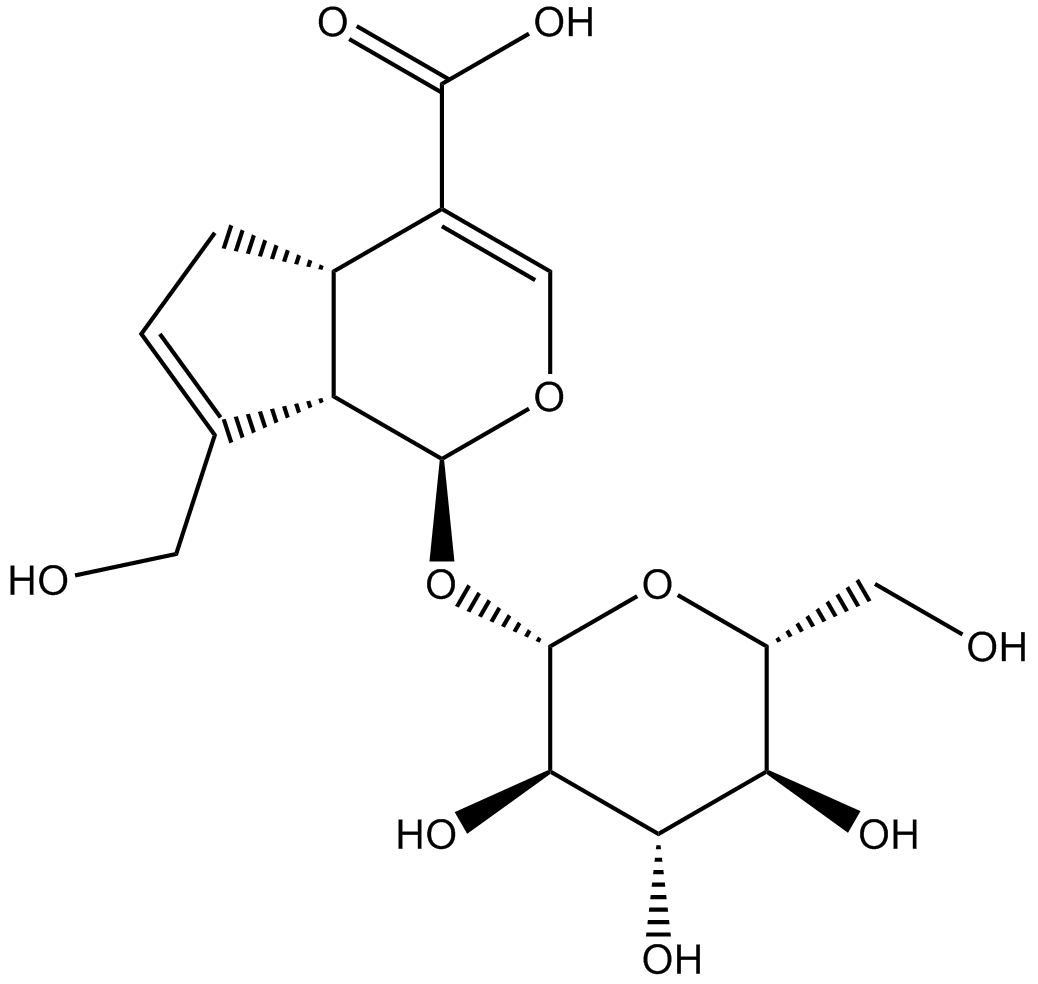
-
GC14102
Genistein
Genistein is an isoflavone belonging to the flavonoid group of compounds and is found in a number of plants.
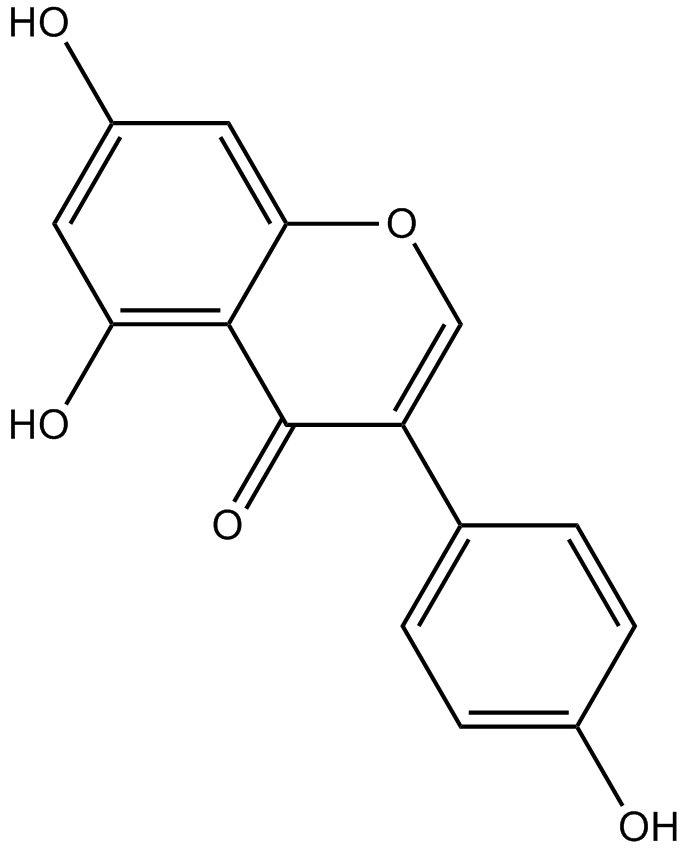
-
GC36132
Genistein 8-c-glucoside
Genistein 8-c-glucoside (G8CG) is a glucoside. Genistein 8-c-glucoside induces mitochondrial membrane depolarization and induces apoptosis.
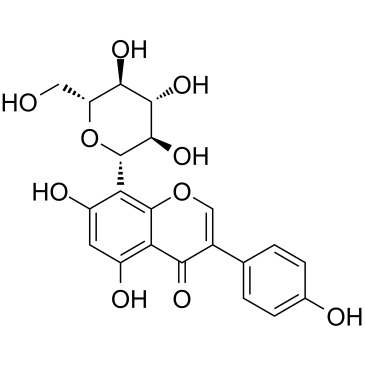
-
GC40673
Geranyl Acetate
Geranyl acetate is a monoterpene that has been found in C.

-
GC19164
GGTI298 Trifluoroacetate
GGTI298 Trifluoroacetate is a CAAZ peptidomimetic geranylgeranyltransferase I (GGTase I) inhibitor, which can inhibit Rap1A with IC50 of 3 uM; little effect on Ha-Ras with IC50 of >20 uM.
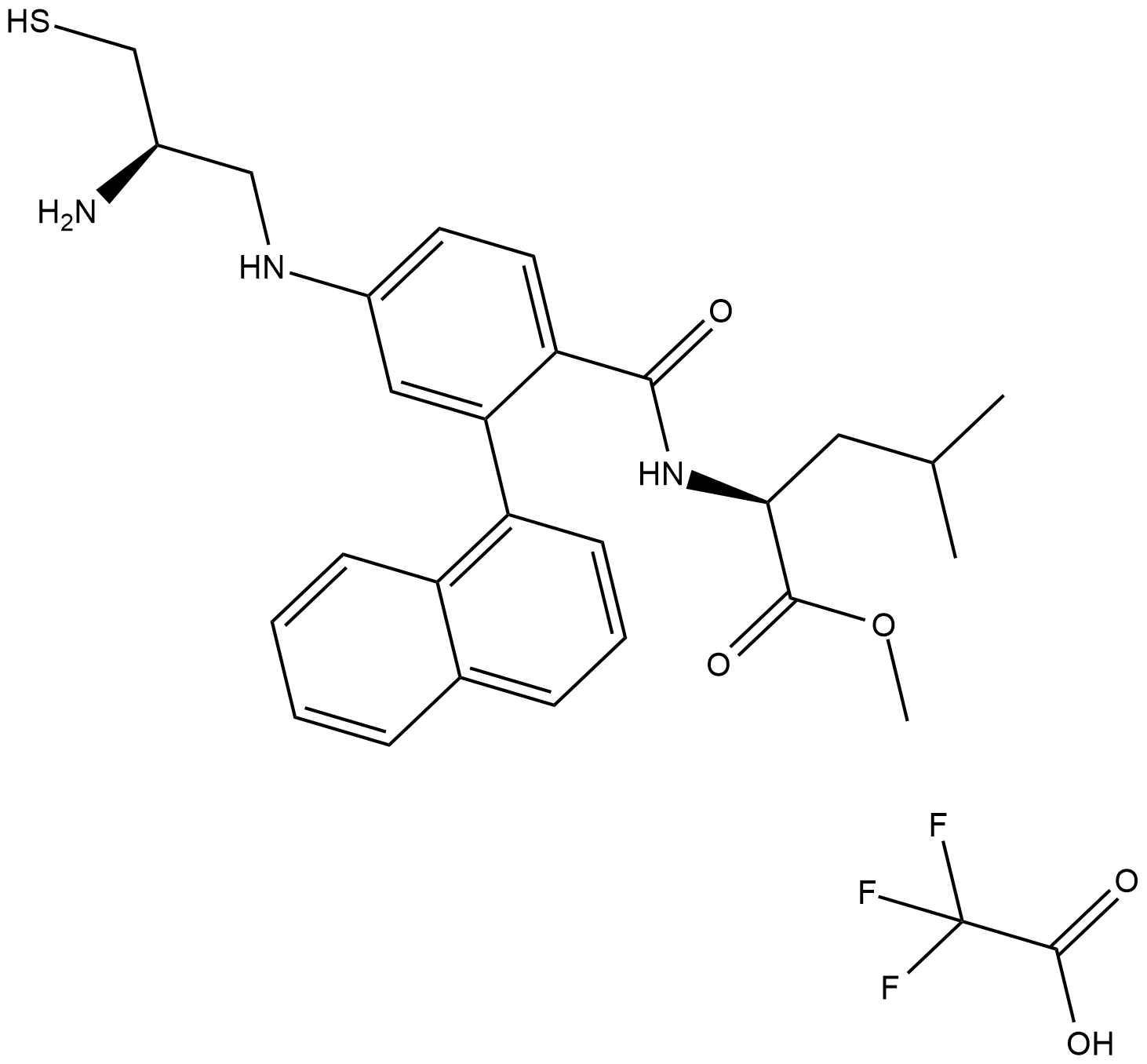
-
GN10453
Ginkgolide B
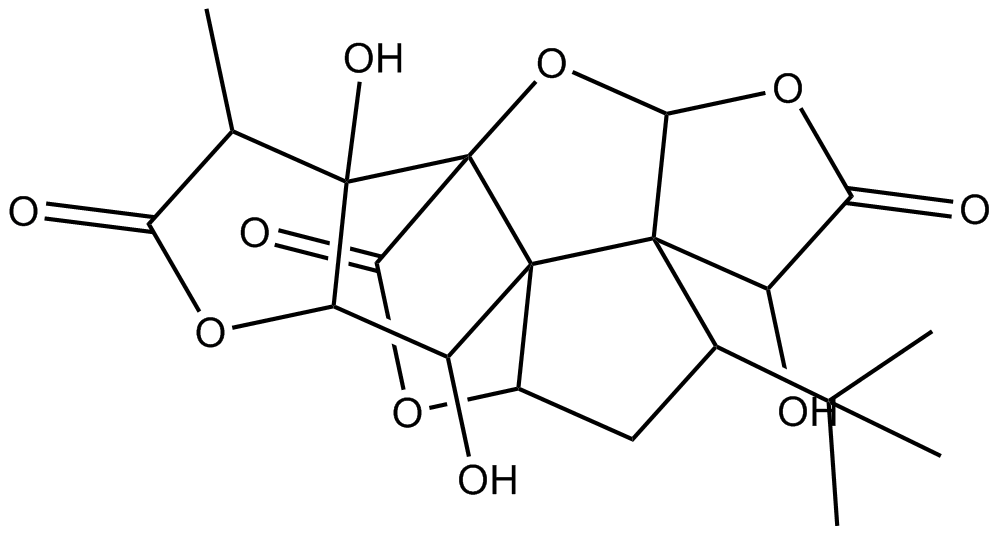
-
GC38027
Ginkgolide J
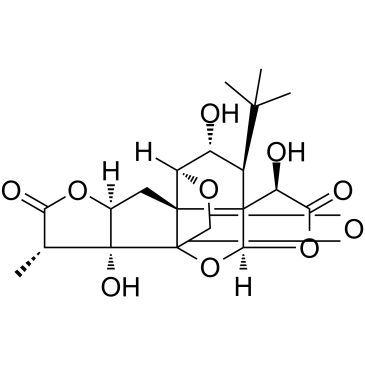
-
GN10148
Ginsenoside F2
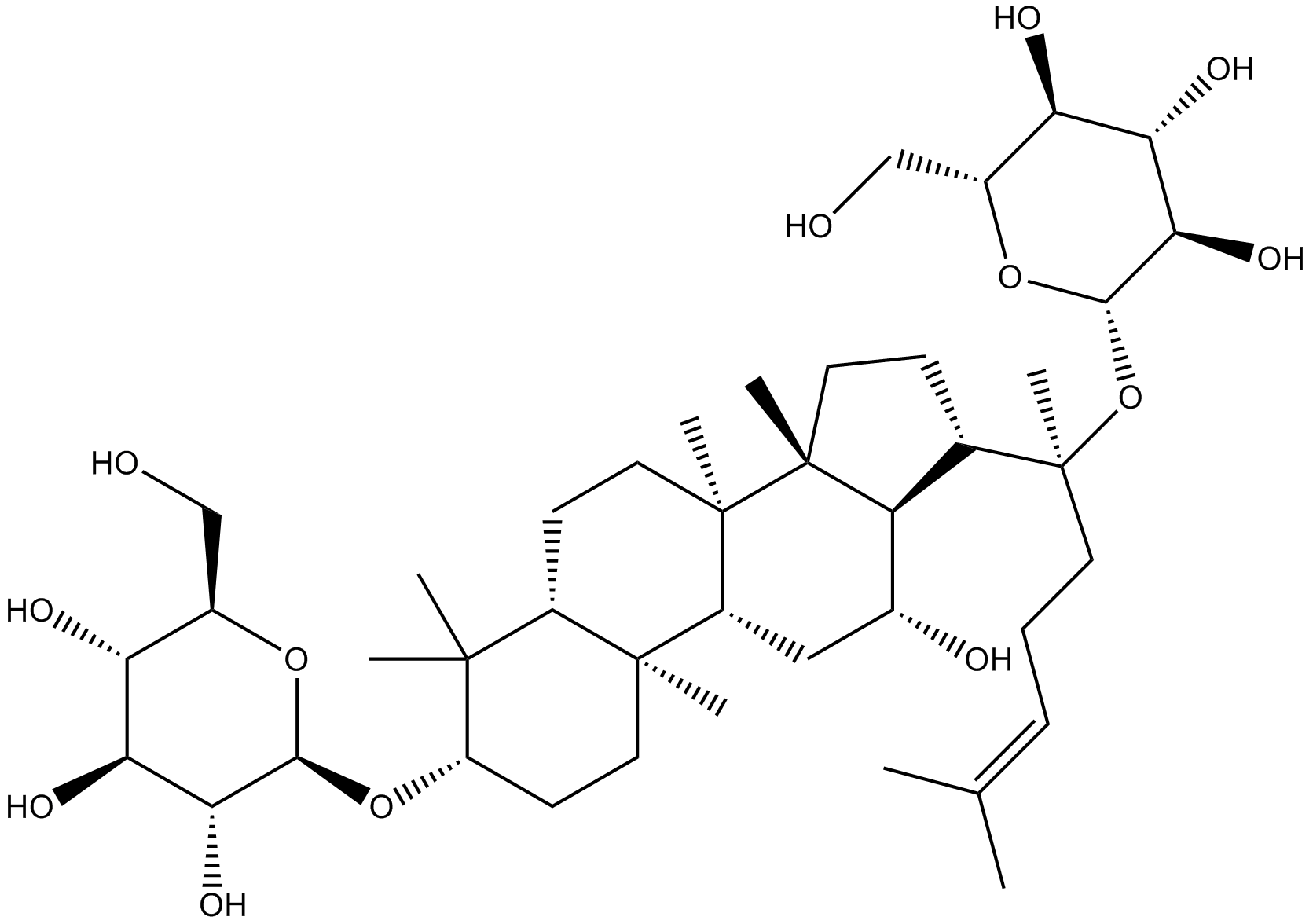
-
GC36137
Ginsenoside F4
Ginsenoside F4 (GF4), ginseng saponinis, isolated from notoginseng or red ginseng.
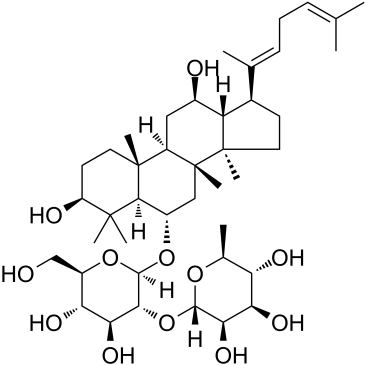
-
GN10544
Ginsenoside Rg1
Ginsenoside Rg1 is one of the main active ingredients of ginseng and a steroidal glycoside with various biological activities. Ginsenoside Rg1 reduces brain Aβ levels and reduces NF-κB nuclear translocation.
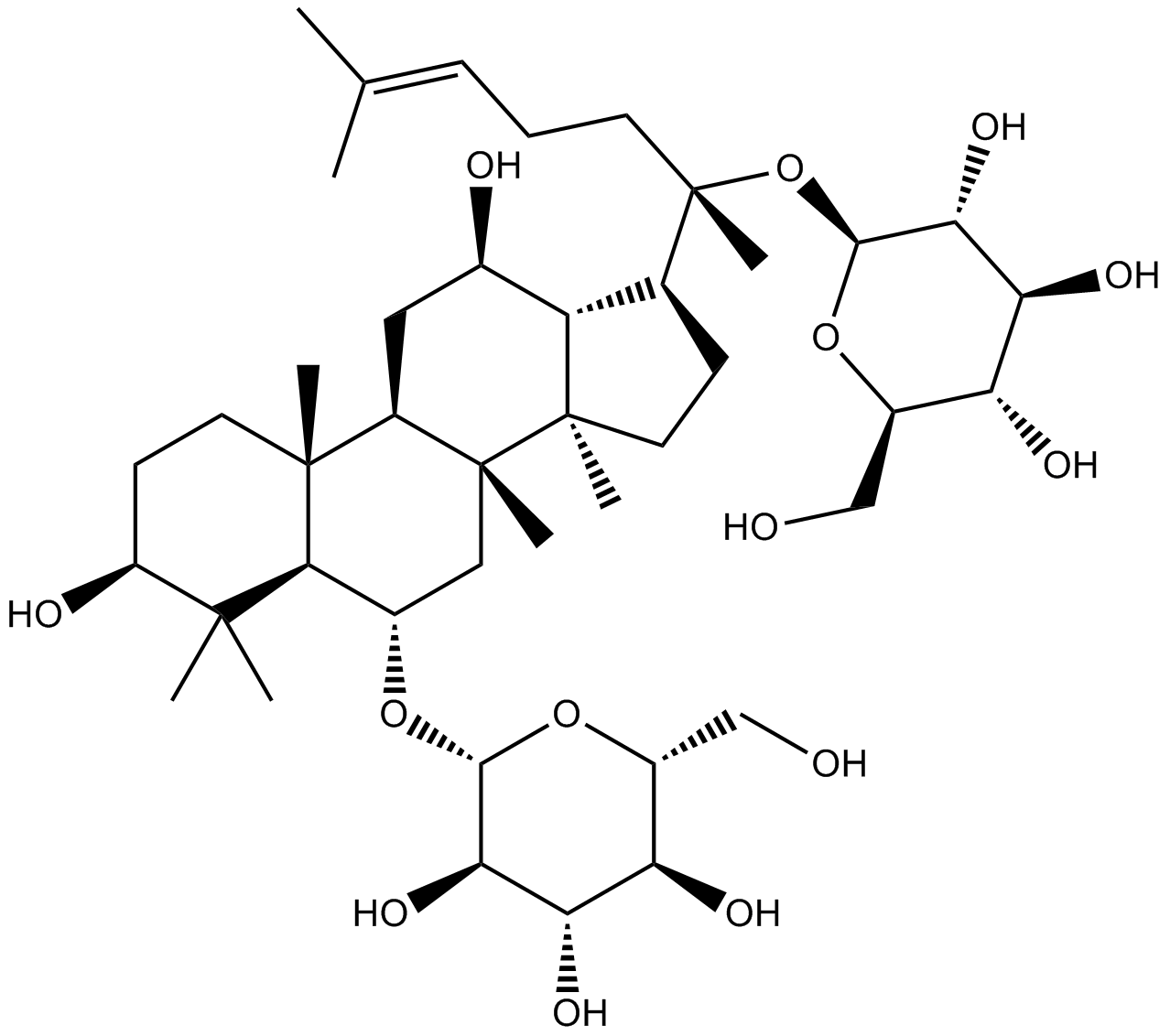
-
GN10019
Ginsenoside Rg6
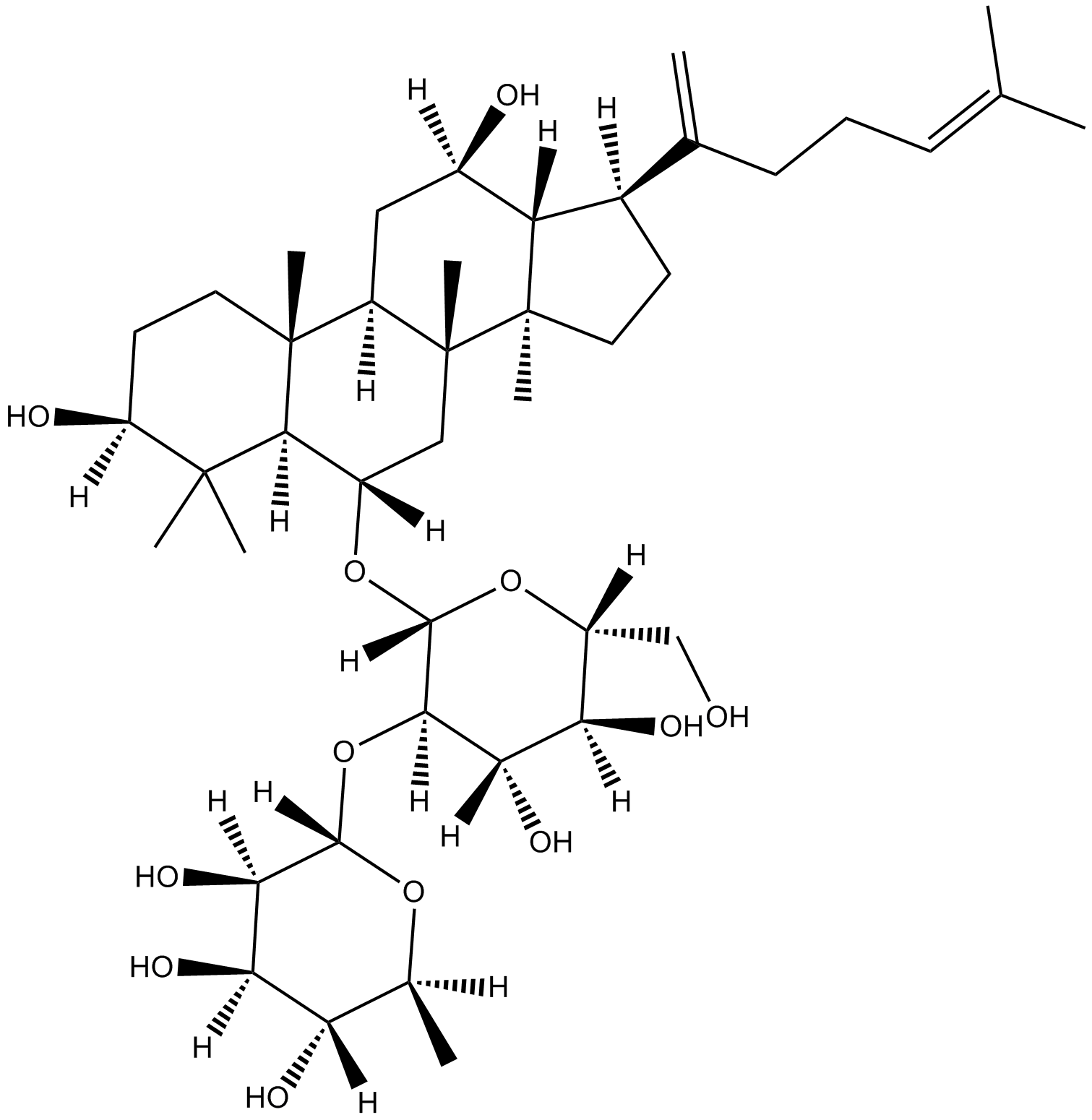
-
GN10686
Ginsenoside Rh2
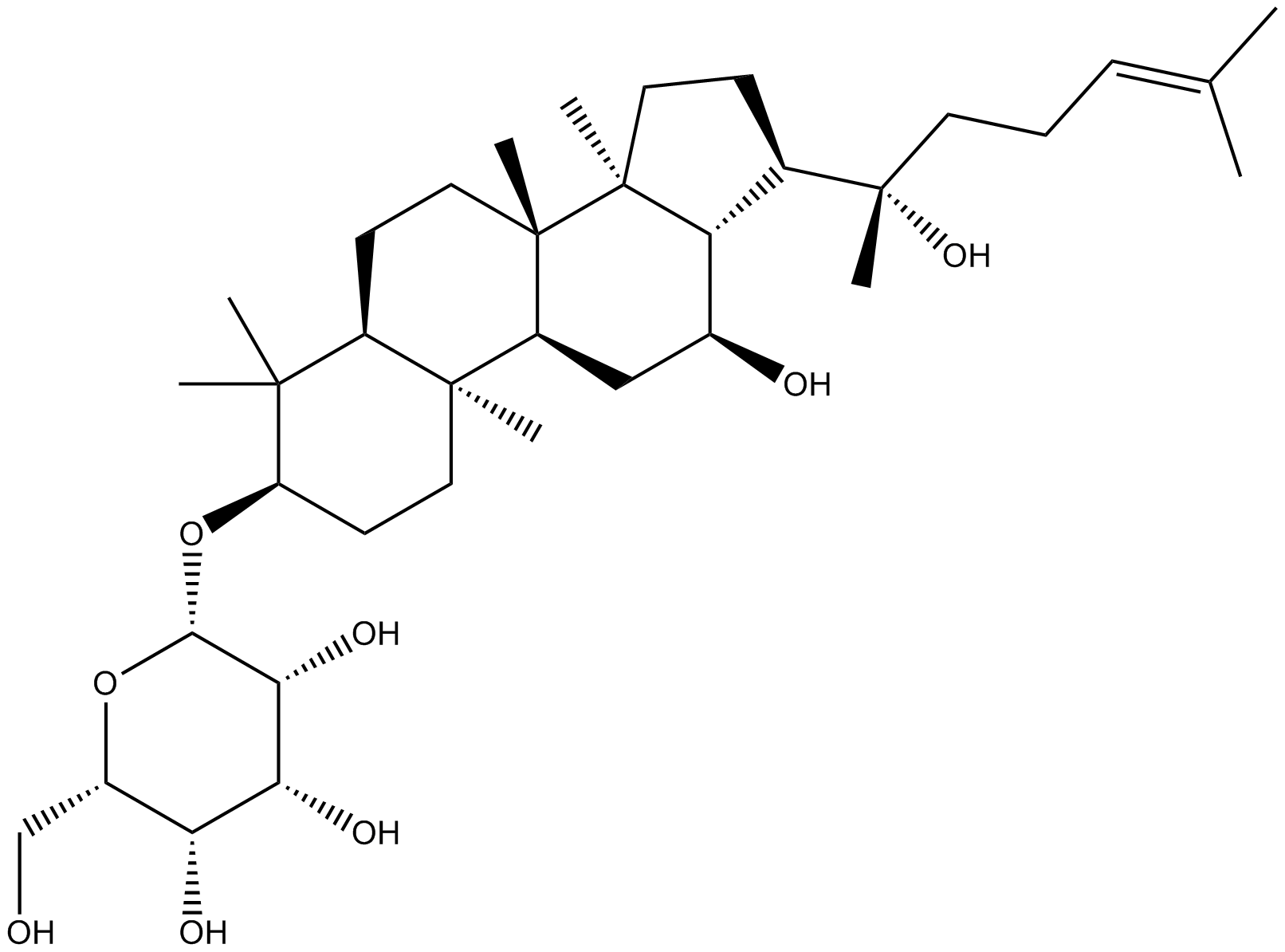
-
GC32998
Ginsenoside Rh4
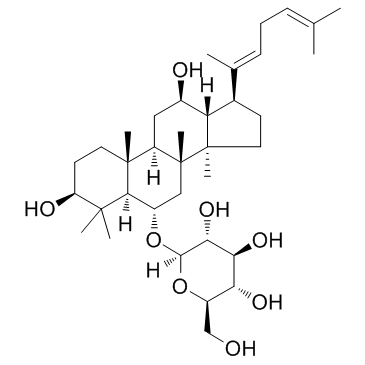
-
GN10584
Ginsenoside Rk1
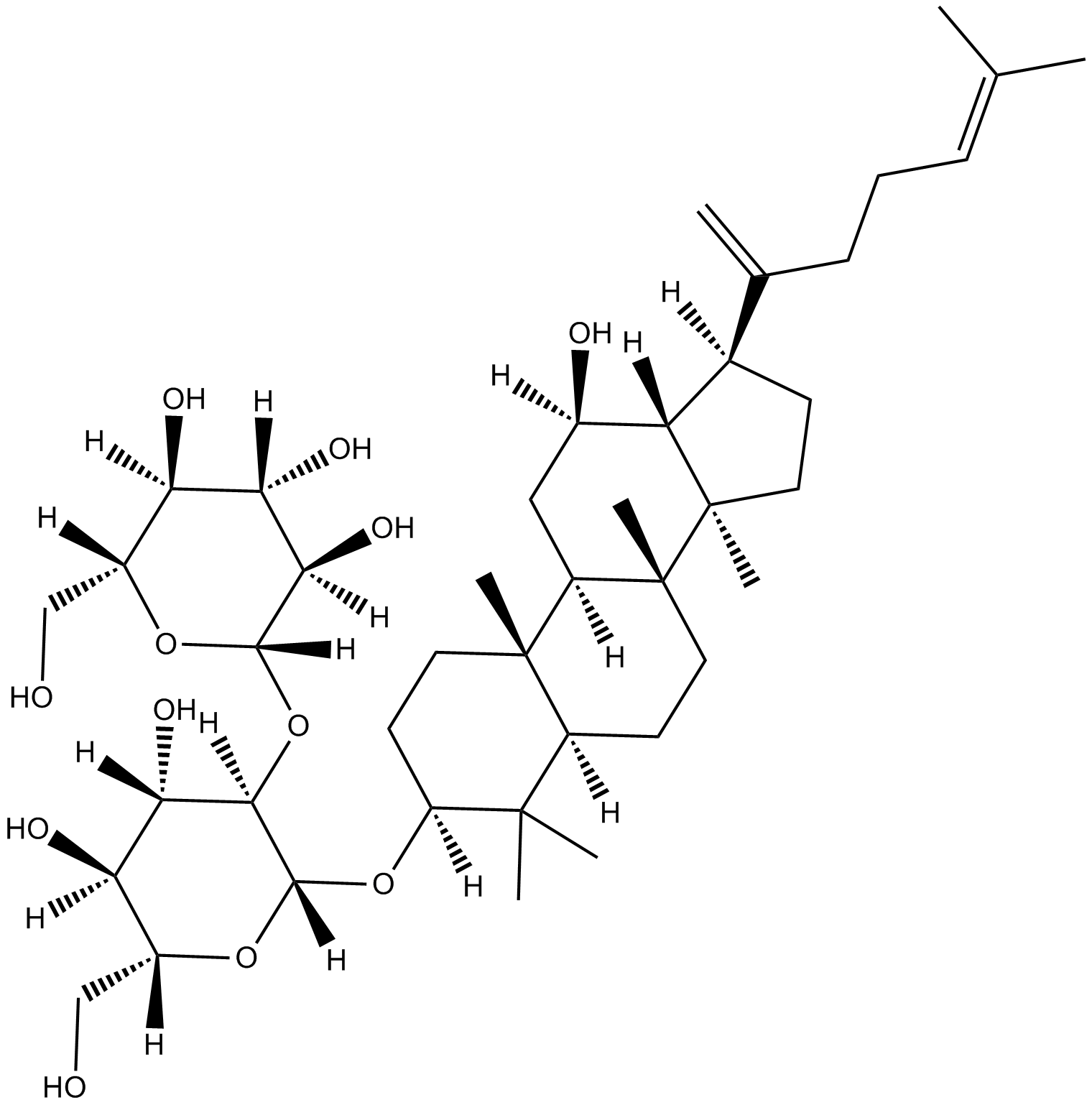
-
GC38606
Glaucocalyxin A
Glaucocalyxin A, an ent-kauranoid diterpene from Rabdosia japonica var., induces apoptosis in osteosarcoma by inhibiting nuclear translocation of Five-zinc finger Glis 1 (GLI1) via regulating PI3K/Akt signaling pathway. Glaucocalyxin A has antitumor effect.
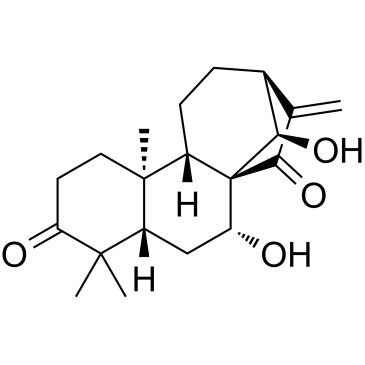
-
GC17255
Gliotoxin
An immunosuppressive mycotoxin with diverse biological effects
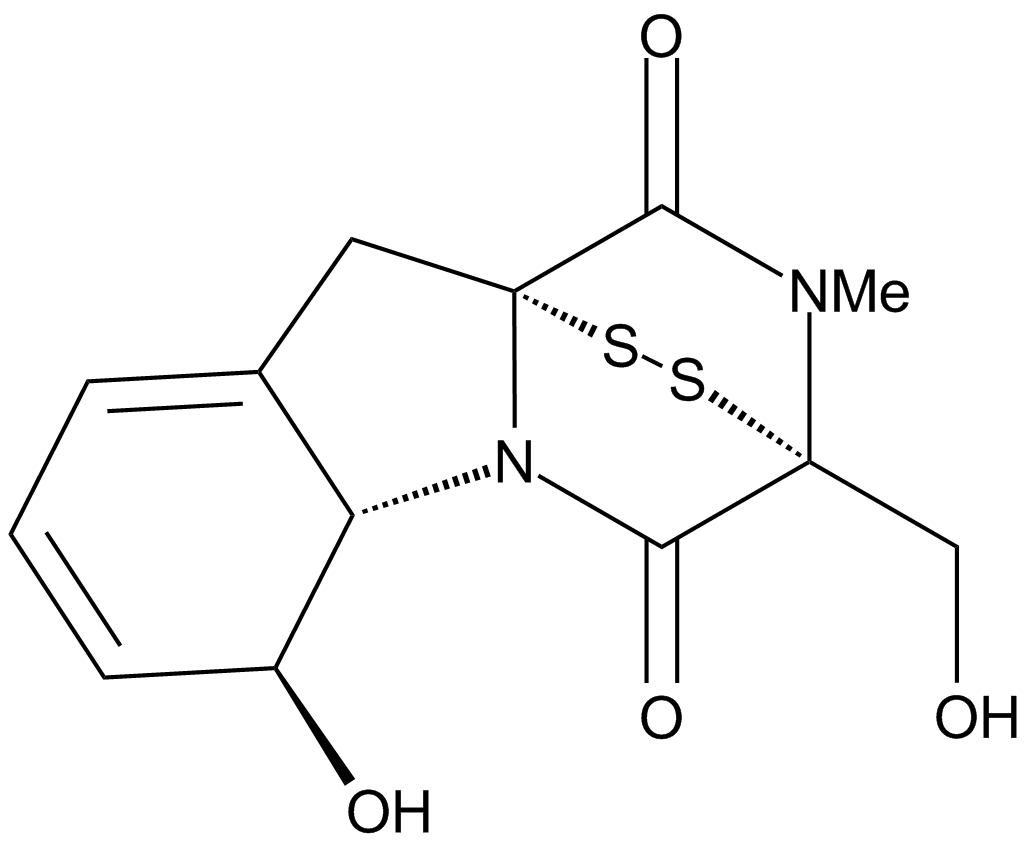
-
GC36151
Glucagon-Like Peptide (GLP) II, human
Glucagon-Like Peptide (GLP) II, human is a 33-amino acid peptide derived from the C-terminal of proglucagon and mainly produced by the intestinal L cells.
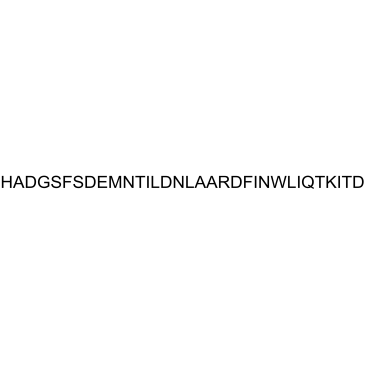
-
GN10321
Glycitein
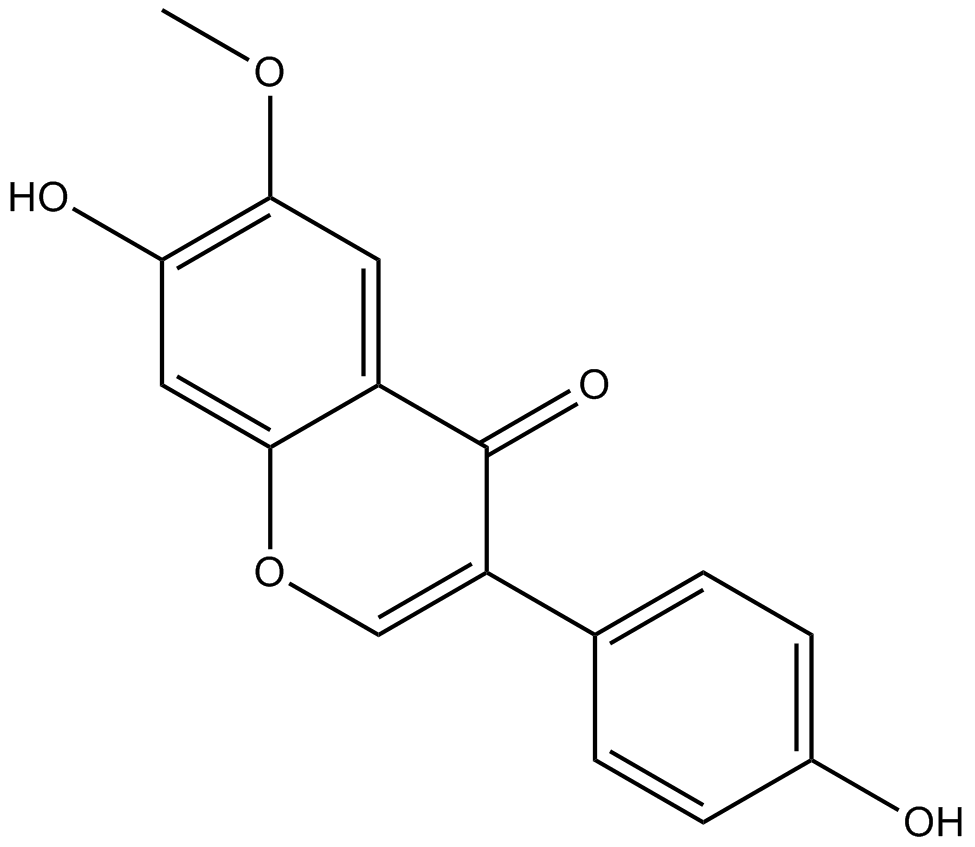
-
GC34092
Glycochenodeoxycholic acid (Chenodeoxycholylglycine)
Glycochenodeoxycholic acid (Chenodeoxycholylglycine) (Chenodeoxycholylglycine) is a bile acid formed in the liver from chenodeoxycholate and glycine. It acts as a detergent to solubilize fats for absorption and is itself absorbed. Glycochenodeoxycholic acid (Chenodeoxycholylglycine) (Chenodeoxycholylglycine) induces hepatocyte apoptosis.
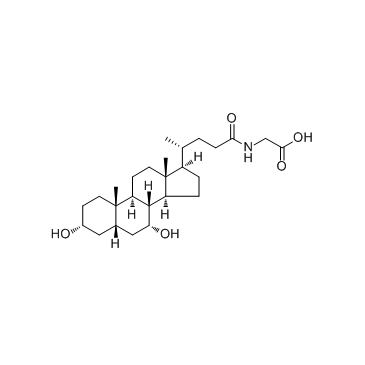
-
GC43776
Glycochenodeoxycholic Acid (sodium salt)
Glycochenodeoxycholic acid (GCDCA) is a glycine-conjugated form of the primary bile acid chenodeoxycholic acid.
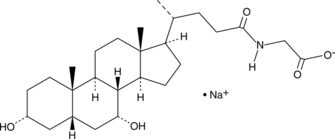
-
GC36167
GMB-475
GMB-475 is a degrader of BCR-ABL1 tyrosine kinase based on PROTAC, overcoming BCR-ABL1-dependent drug resistance. GMB-475 targets BCR-ABL1 protein and recruits the E3 ligase Von Hippel Lindau (VHL), resulting in ubiquitination and subsequent degradation of the oncogenic fusion protein.
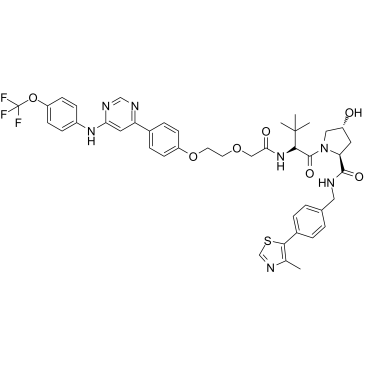
-
GC14815
GMX1778 (CHS828)
GMX1778 (CHS828) (GMX1778) is a competitive inhibitor of nicotinamide phosphoribosyltransferase (NAMPT), with an IC50 less than 25 nM. GMX1778 (CHS828) (GMX1778) exerts a cytotoxic effect by decreasing the cellular level of NAD+ and exhibits a potent anticancer activity.
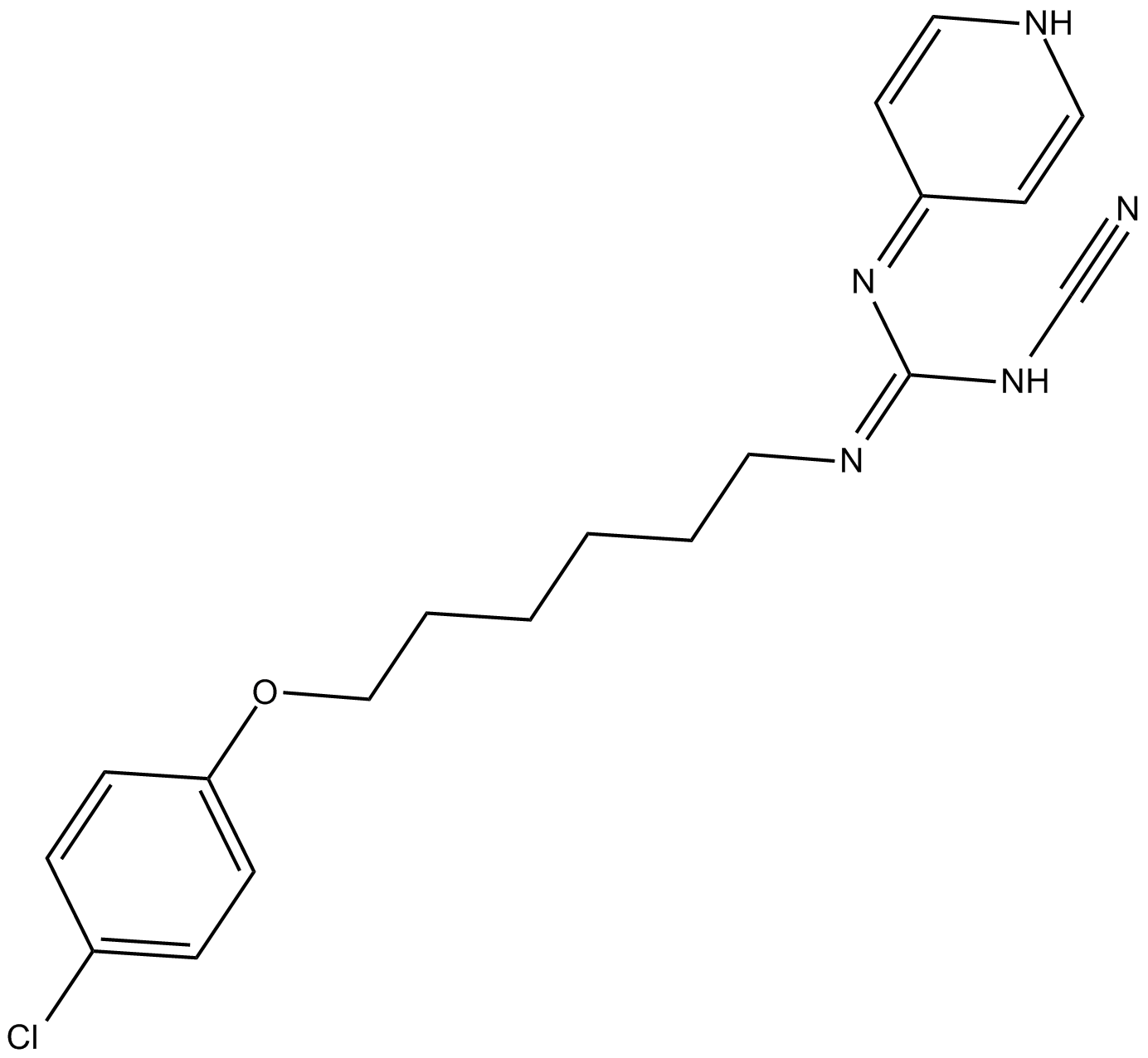
-
GC36179
Gomisin N
Gomisin N, isolated from Schisandra chinensis.
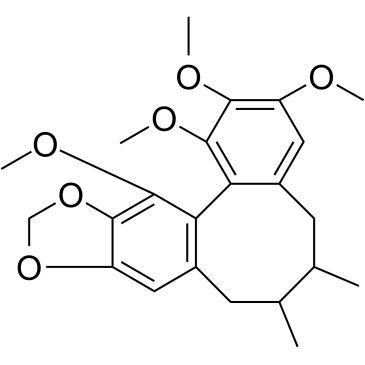
-
GC15865
GRI 977143
An LPA2 receptor agonist
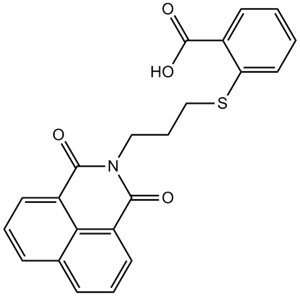
-
GC13484
Griseofulvin
Microtubule associated inhibitor
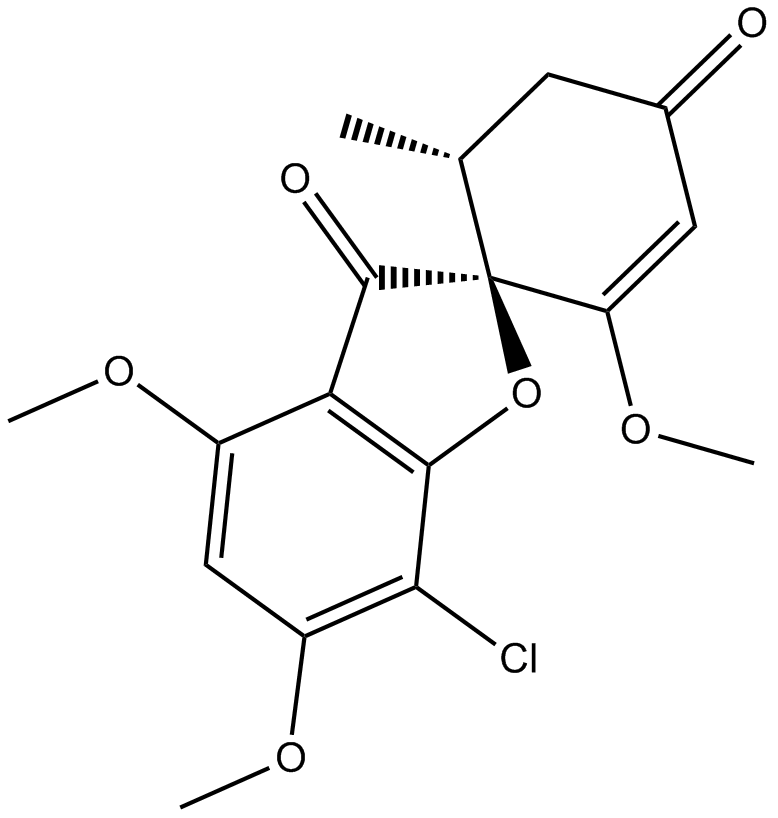
-
GC12555
GS-9620
A TLR7 agonist
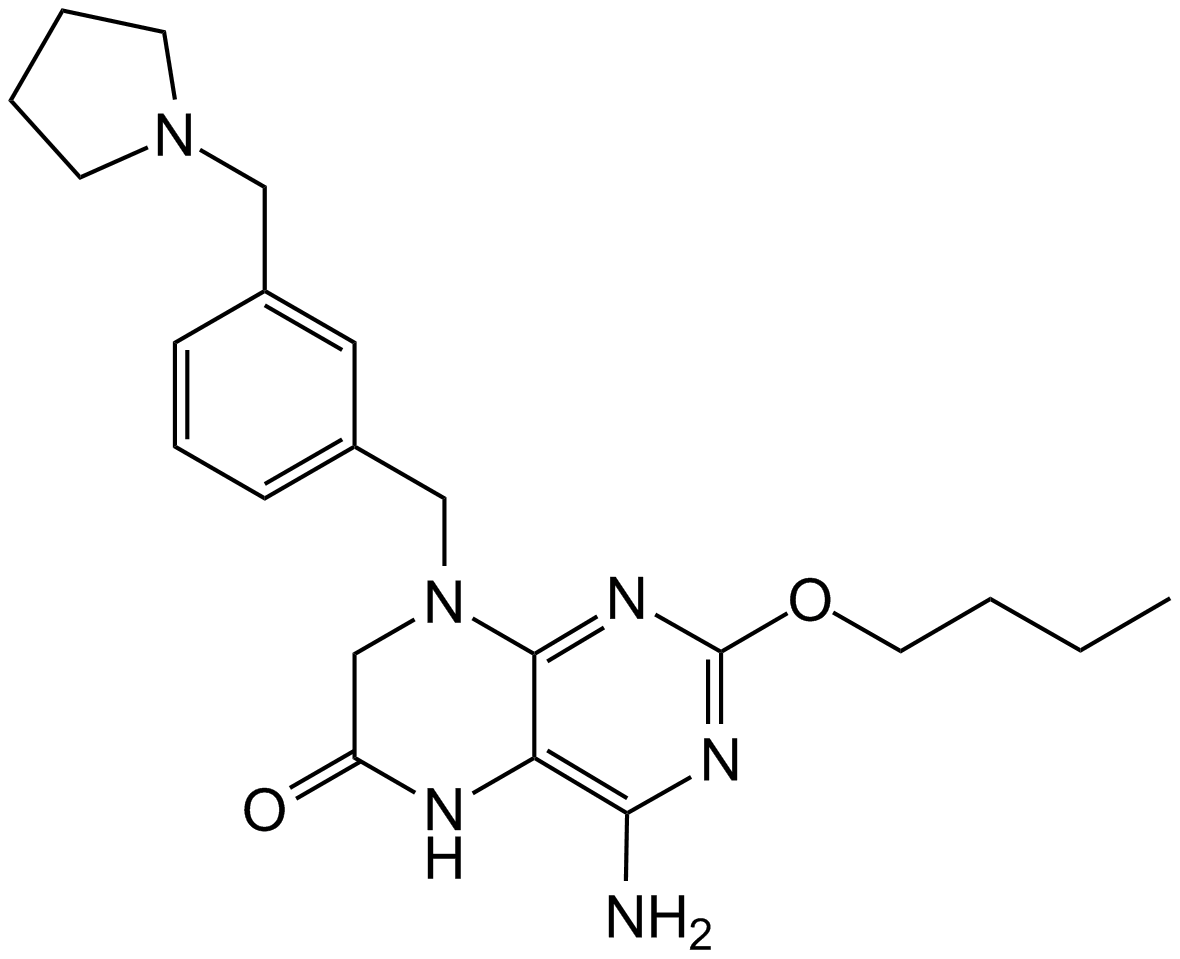
-
GC14987
GSK-3 Inhibitor IX (BIO)
GSK-3 Inhibitor IX (BIO) (6-Bromoindirubin-3'-oxime; BIO) is a potent, selective, reversible and ATP-competitive inhibitor of GSK-3α/β and CDK1-cyclinB complex with IC50s of 5 nM/320 nM/80 nM for (GSK-3α/β)/CDK1/CDK5, respectively.
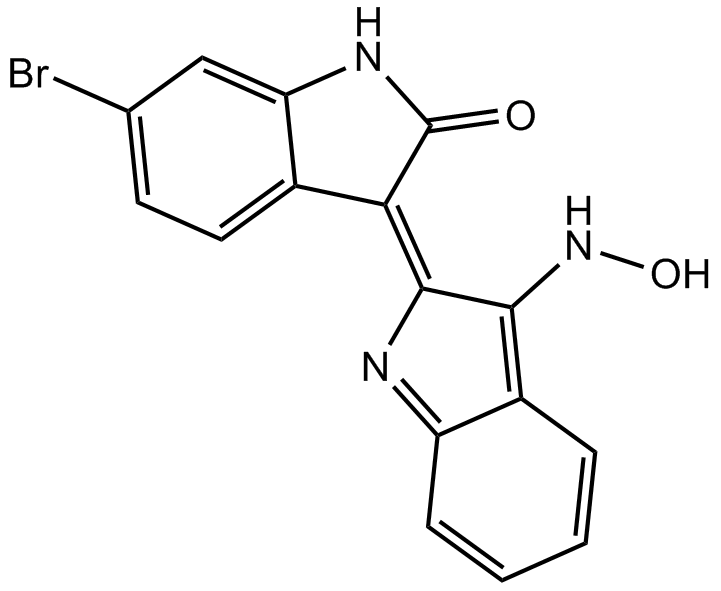
-
GC15659
GSK-923295
An inhibitor of CENP-E
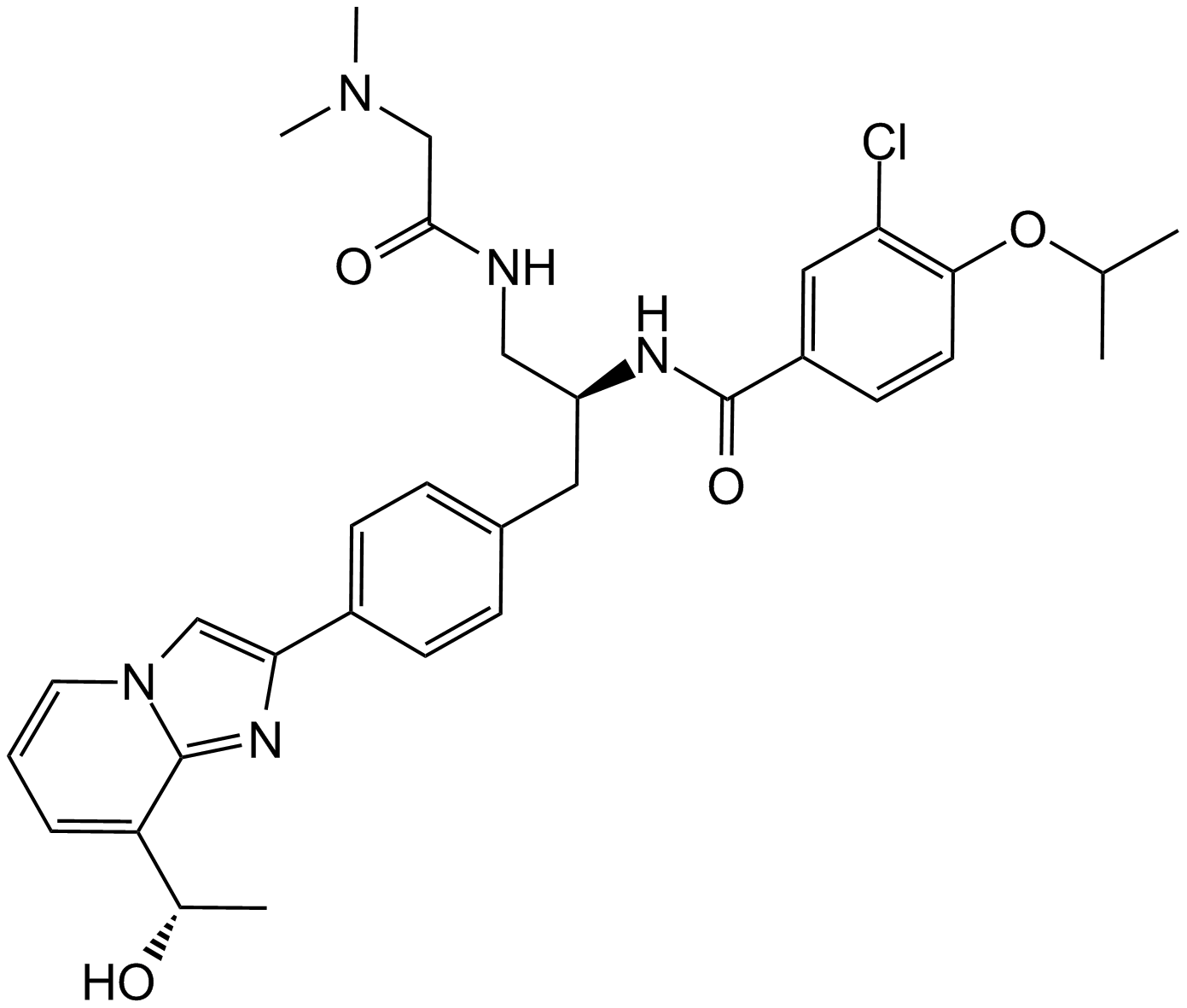
-
GC11018
GSK1059615
PI3K and mTOR inhibitor,potent and reversible
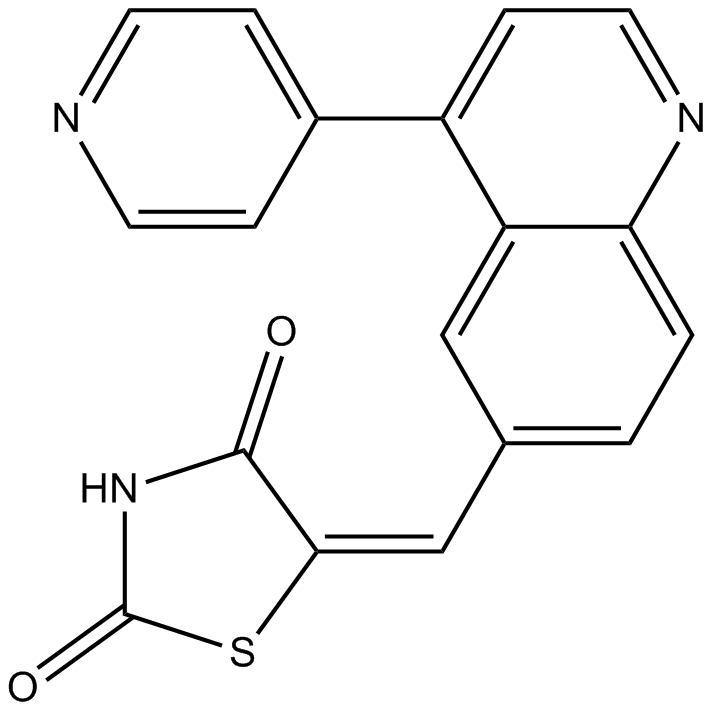
-
GC10008
GSK1070916
A potent inhibitor of Aurora B and C kinases
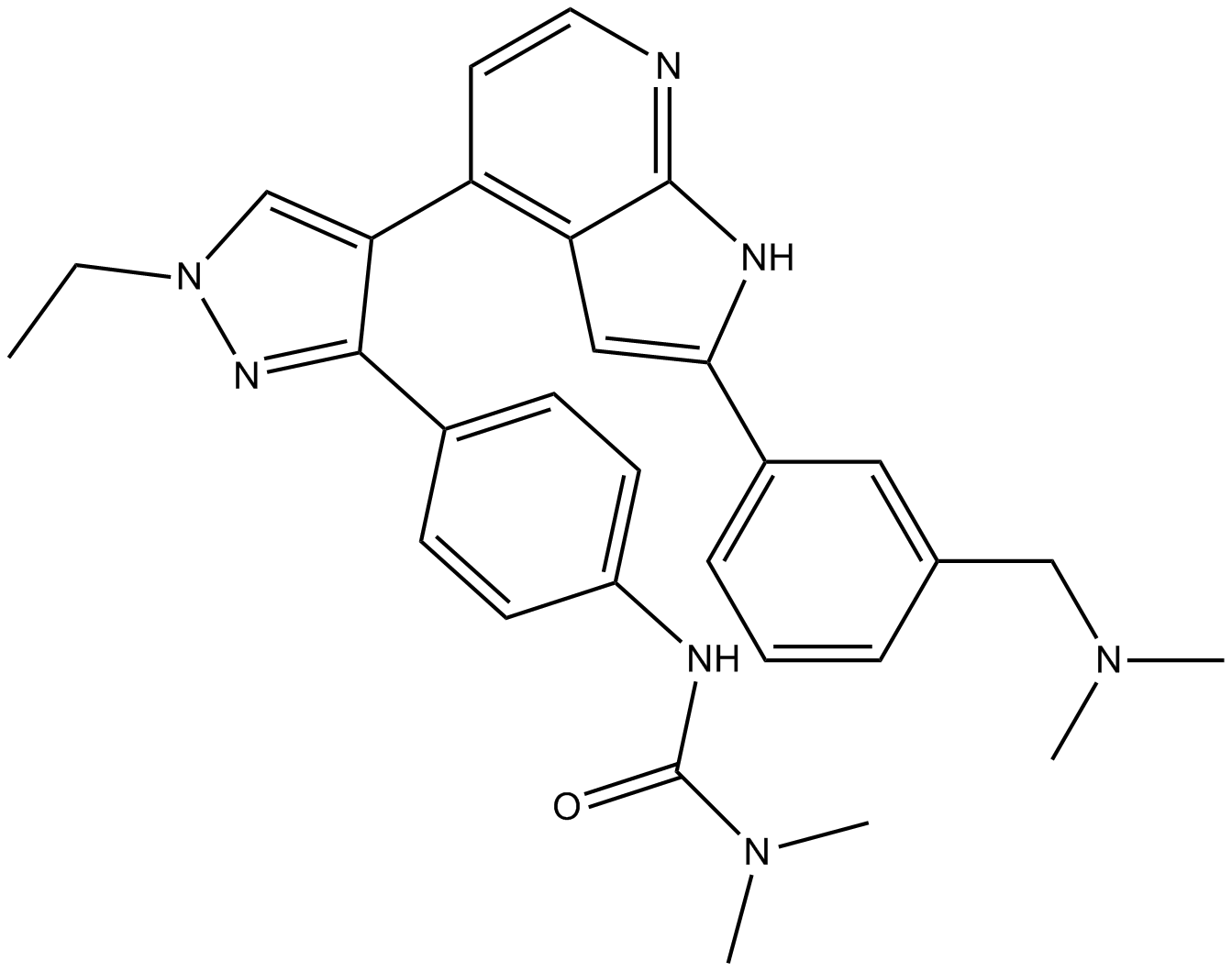
-
GC14063
GSK1324726A
BET proteins inhibitor
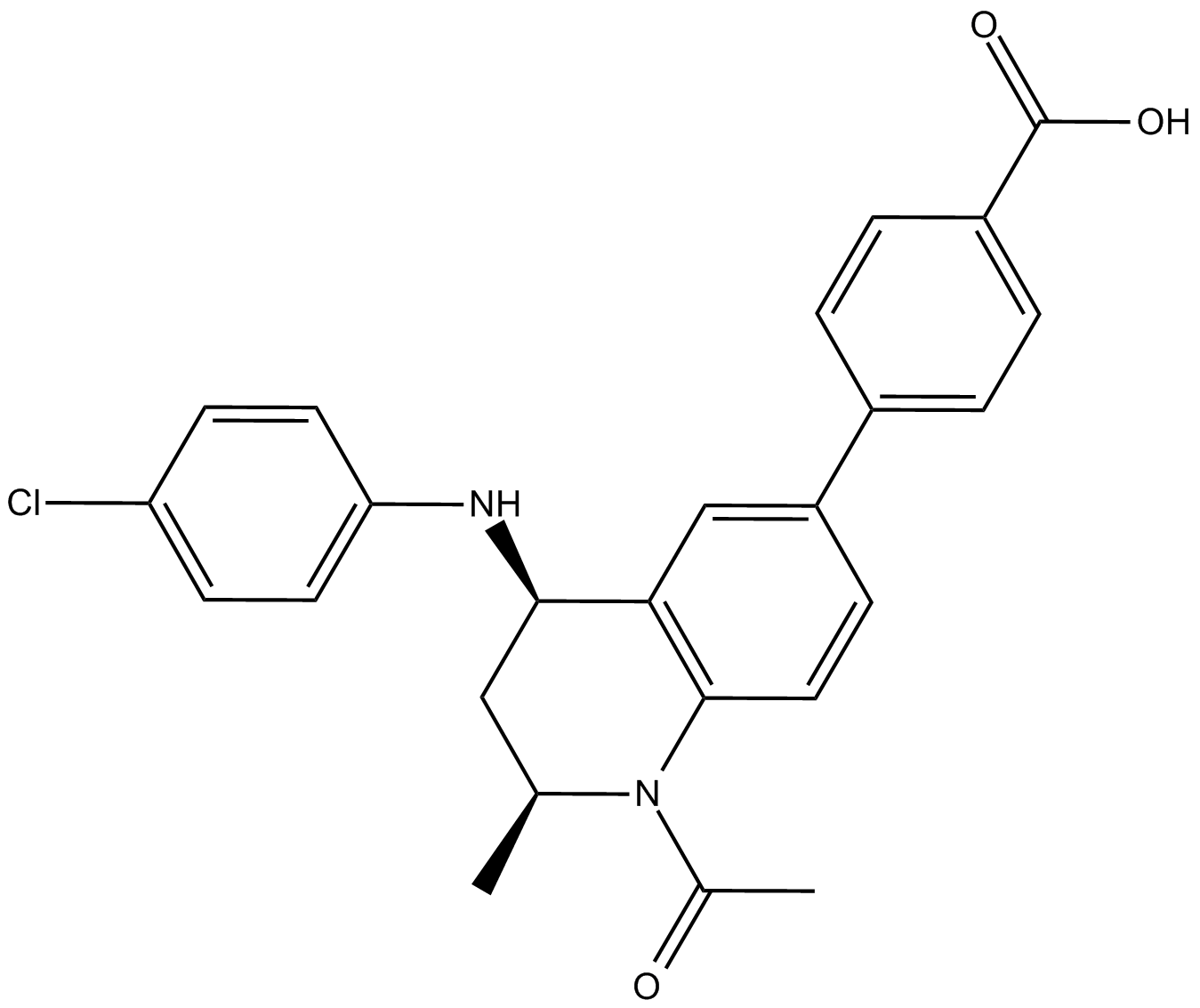
-
GC19179
GSK2256098
GSK2256098 is a selective FAK kinase inhibitor, which inhibits growth and survival of pancreatic ductal adenocarcinoma cells.
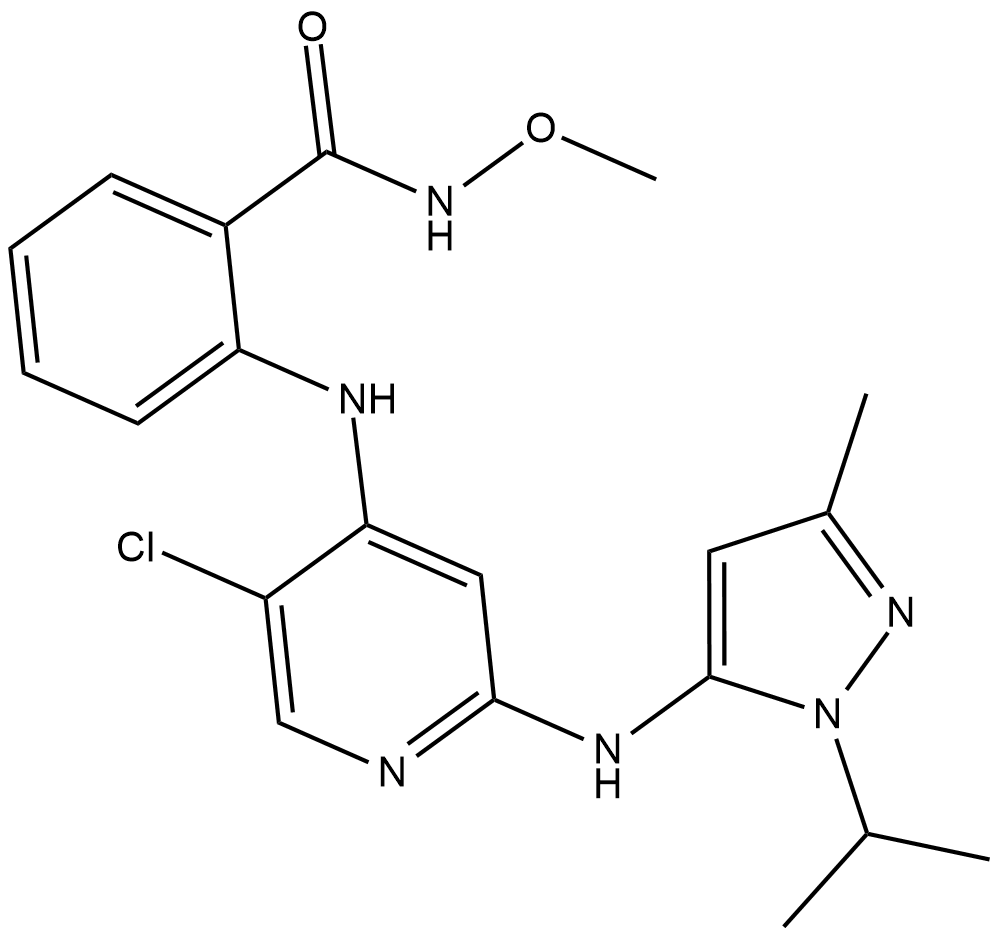
-
GC17450
GSK2606414
A selective PERK inhibitor
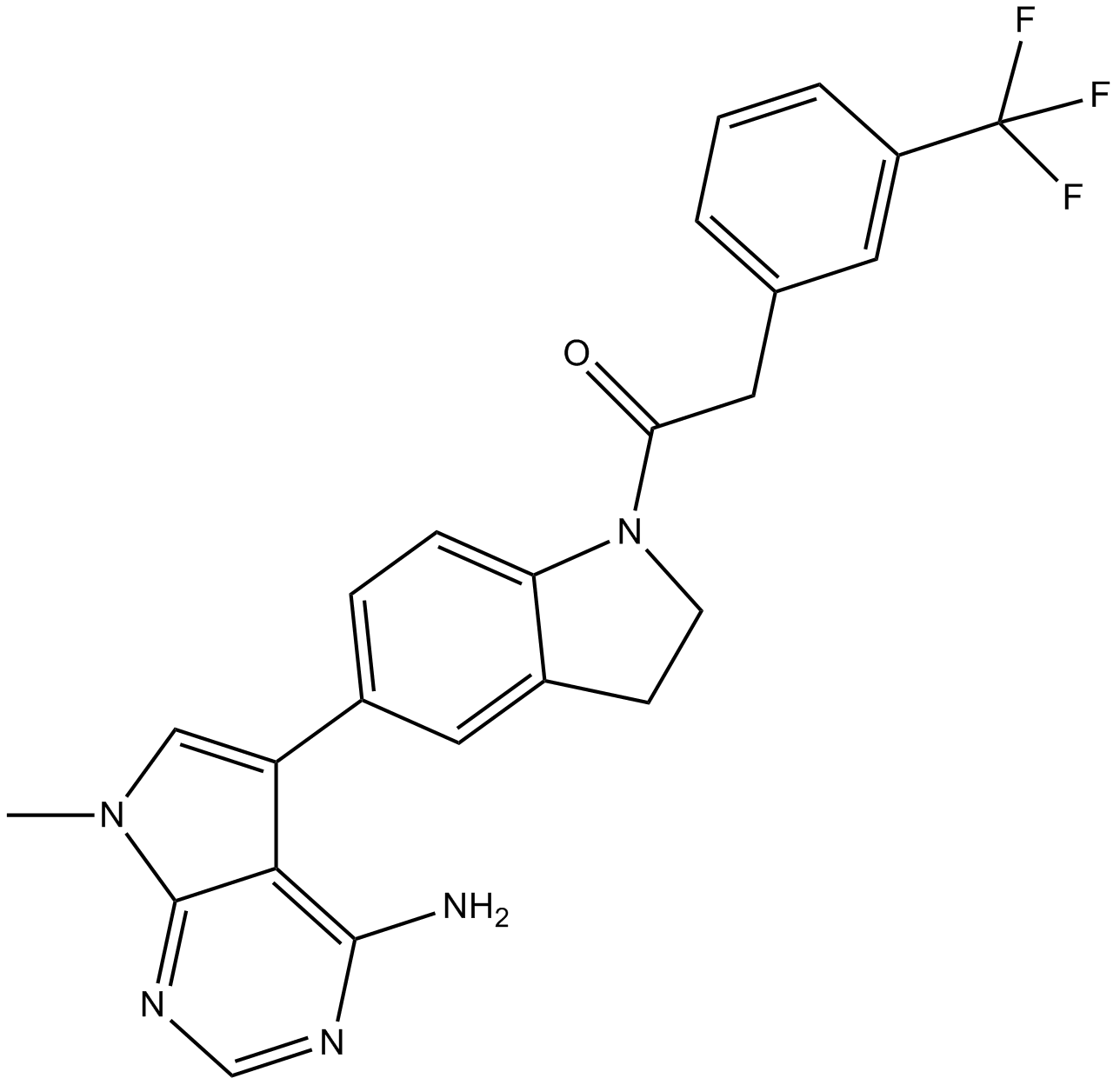
-
GC11068
GSK2656157
PERK inhibitor
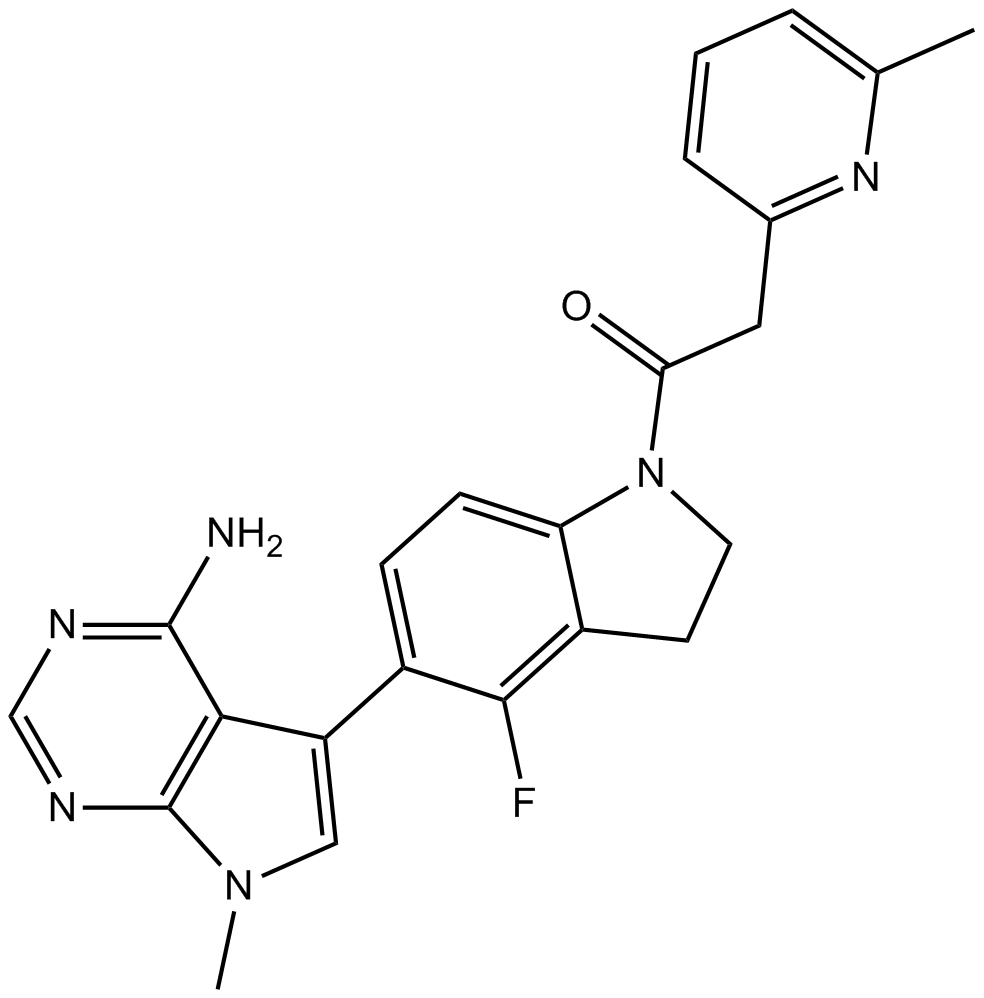
-
GC32681
GSK2795039
A NOX2 inhibitor
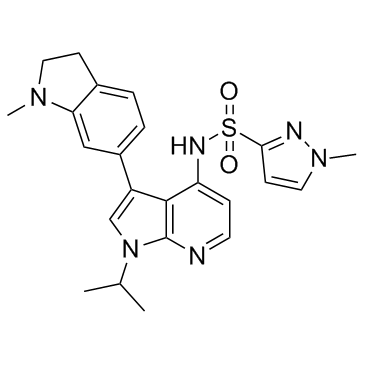
-
GC17658
Guggulsterone
Broad spectrum steroid receptor ligand
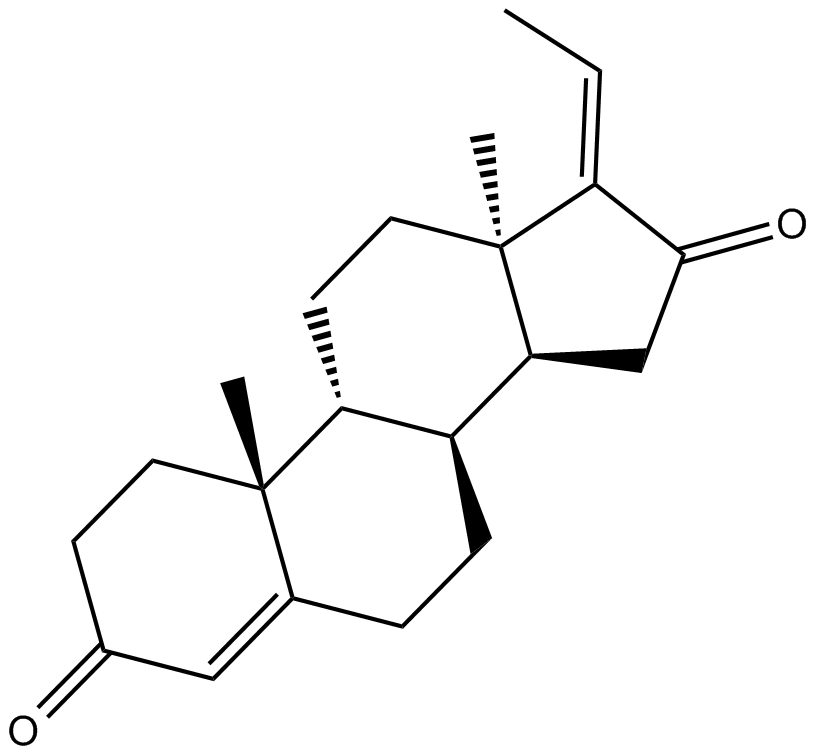
-
GC14123
GW441756
TrkA inhibitor,potent and selective
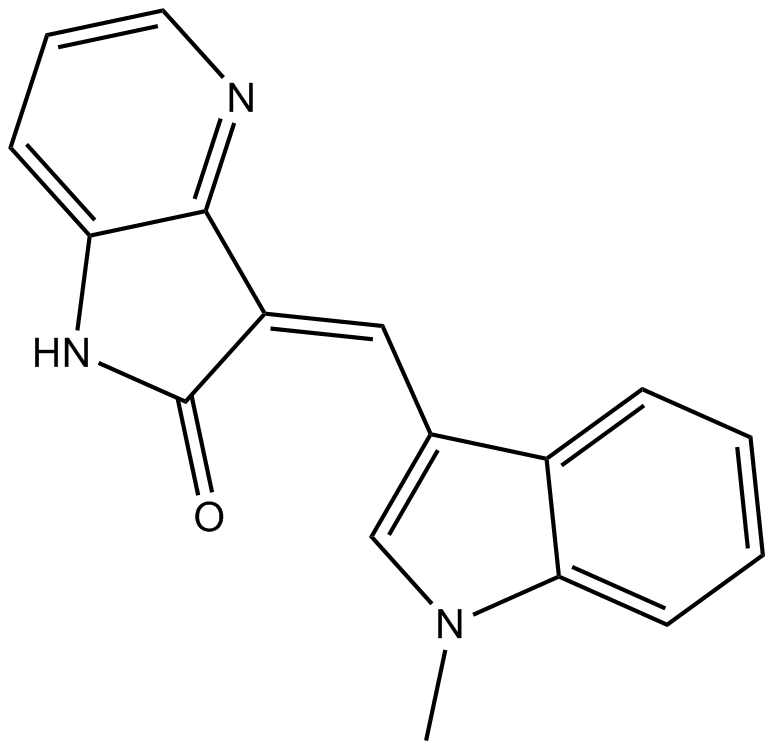
-
GC11685
GW5074
C-Raf inhibitor,potent and selective
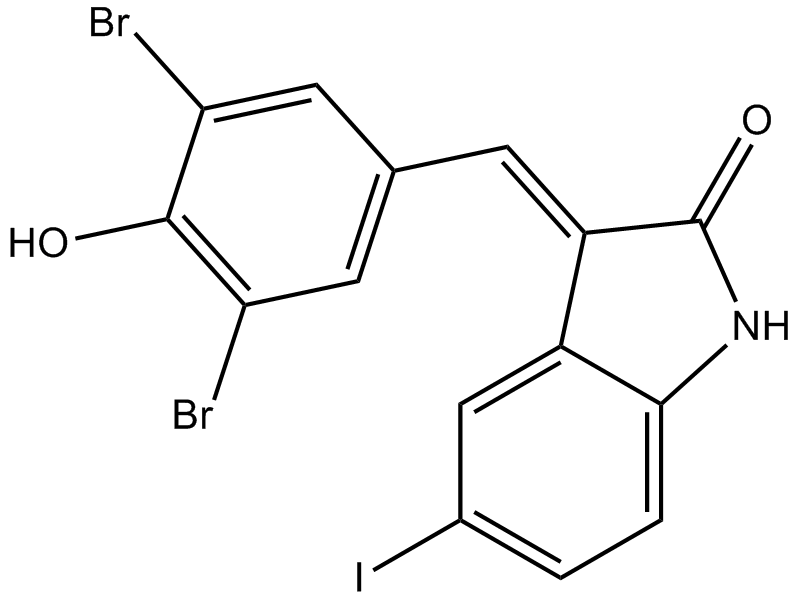
-
GC38088
Hederacolchiside A1
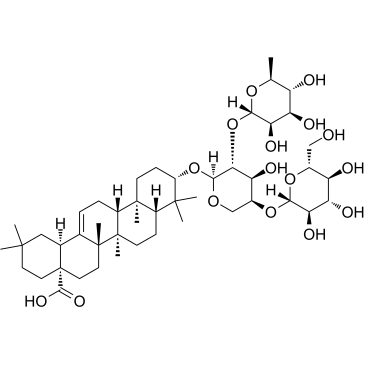
-
GN10248
Hesperitin
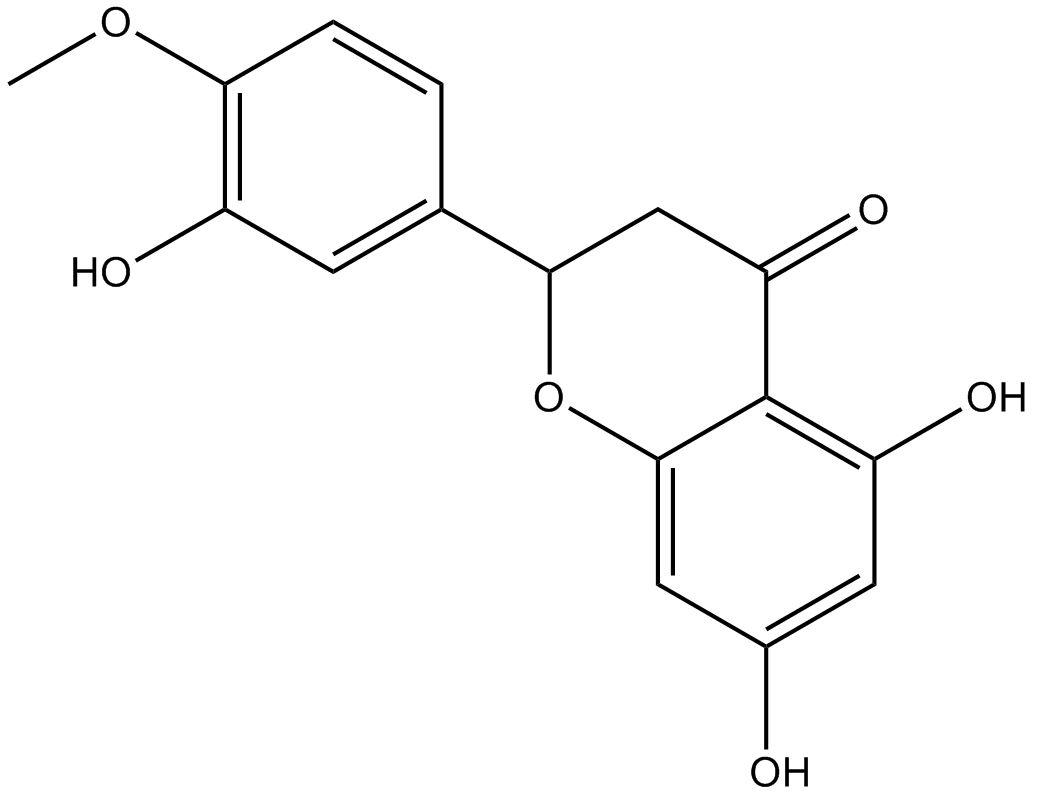
-
GC15178
Hexamethonium Bromide
Selective antagonist of neuronal-type nicotinic AChR
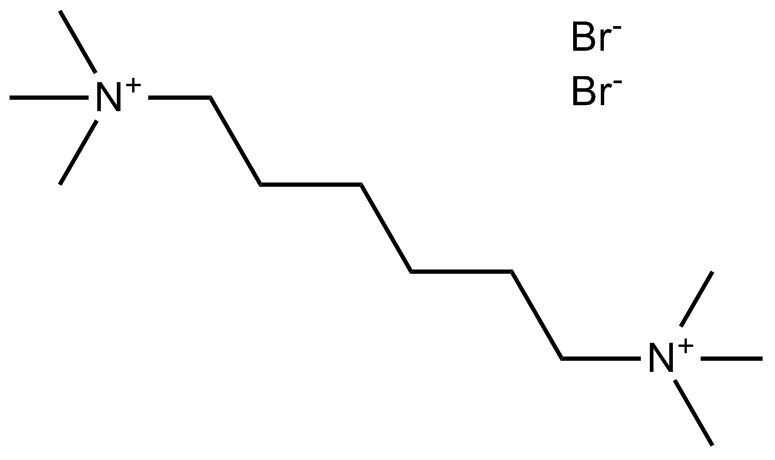
-
GC38099
Higenamine
Higenamine (Norcoclaurine), a β2-AR agonist, is a key component of the Chinese herb aconite root that prescribes for treating symptoms of heart failure in the oriental Asian countries.
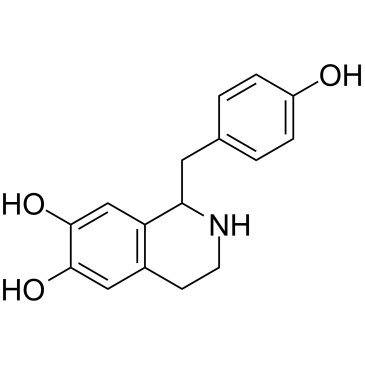
-
GC38237
Higenamine hydrochloride
Higenamine hydrochloride (Norcoclaurine hydrochloride), a β2-AR agonist, is a key component of the Chinese herb aconite root that prescribes for treating symptoms of heart failure in the oriental Asian countries.
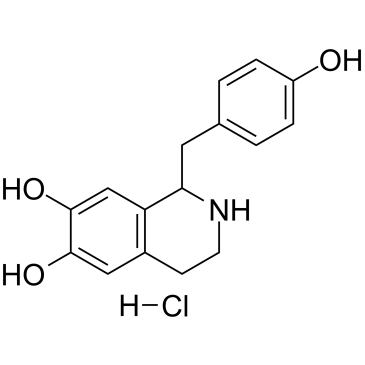
-
GC36229
Hirsutine
Hirsutine, an indole alkaloid of Uncaria rhynchophylla, exhibits anti-cancer activity.
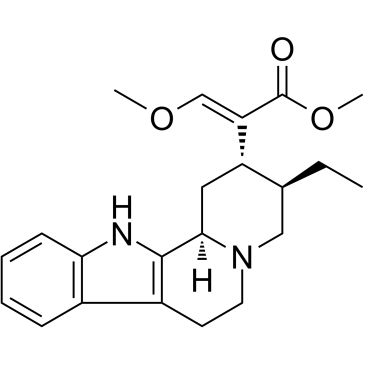
-
GC32807
HJC0152 hydrochloride
An orally bioavailable inhibitor of STAT3
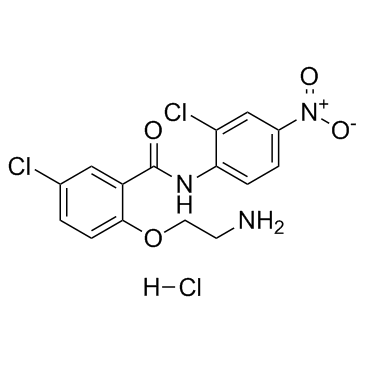
-
GC17023
HLCL-61
HLCL-61 is a first-in-class inhibitor of protein arginine methyltransferase 5 (PRMT5).
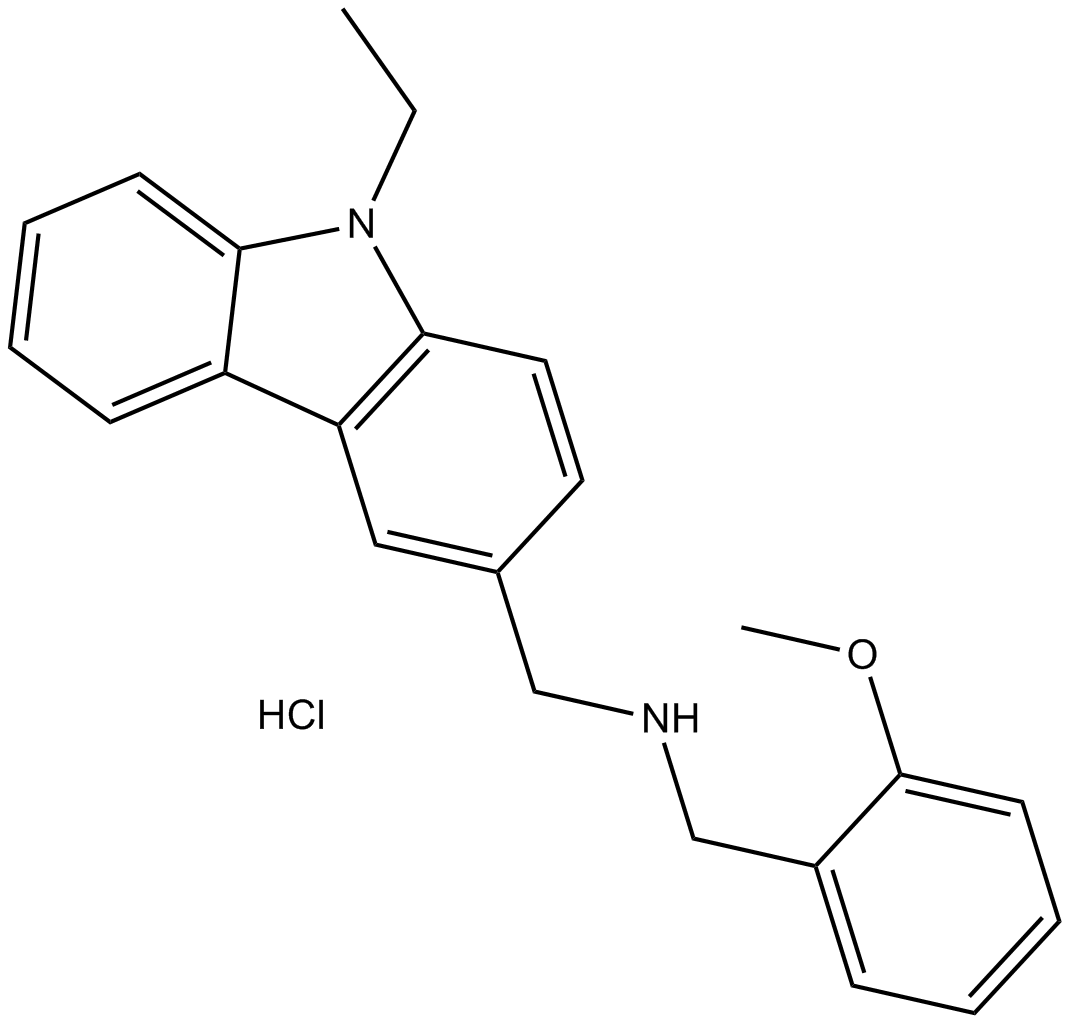
-
GC16208
HO-3867
STAT3 inhibitor, selective
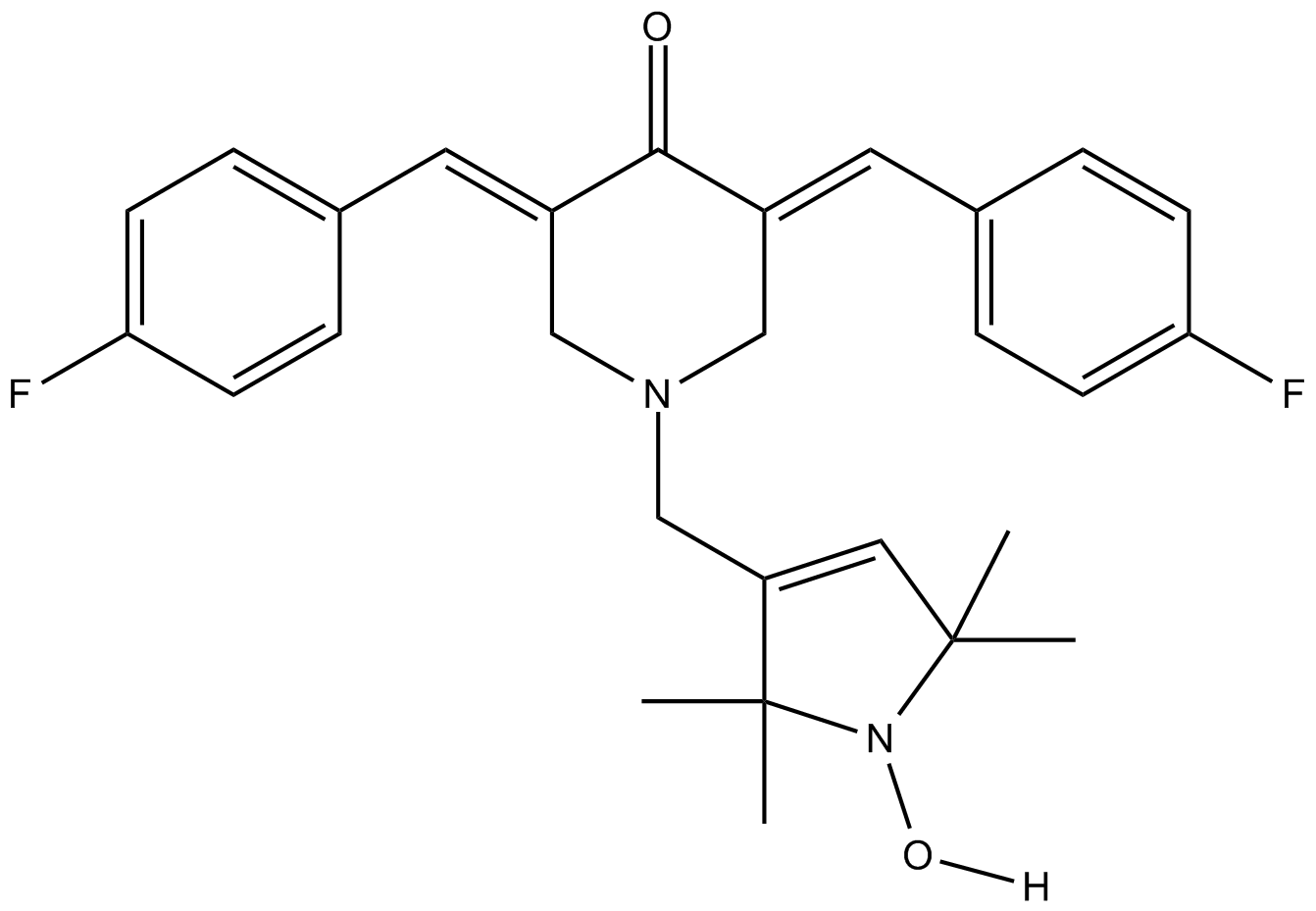
-
GC11574
HPOB
HDAC6 inhibitor, potent and selective
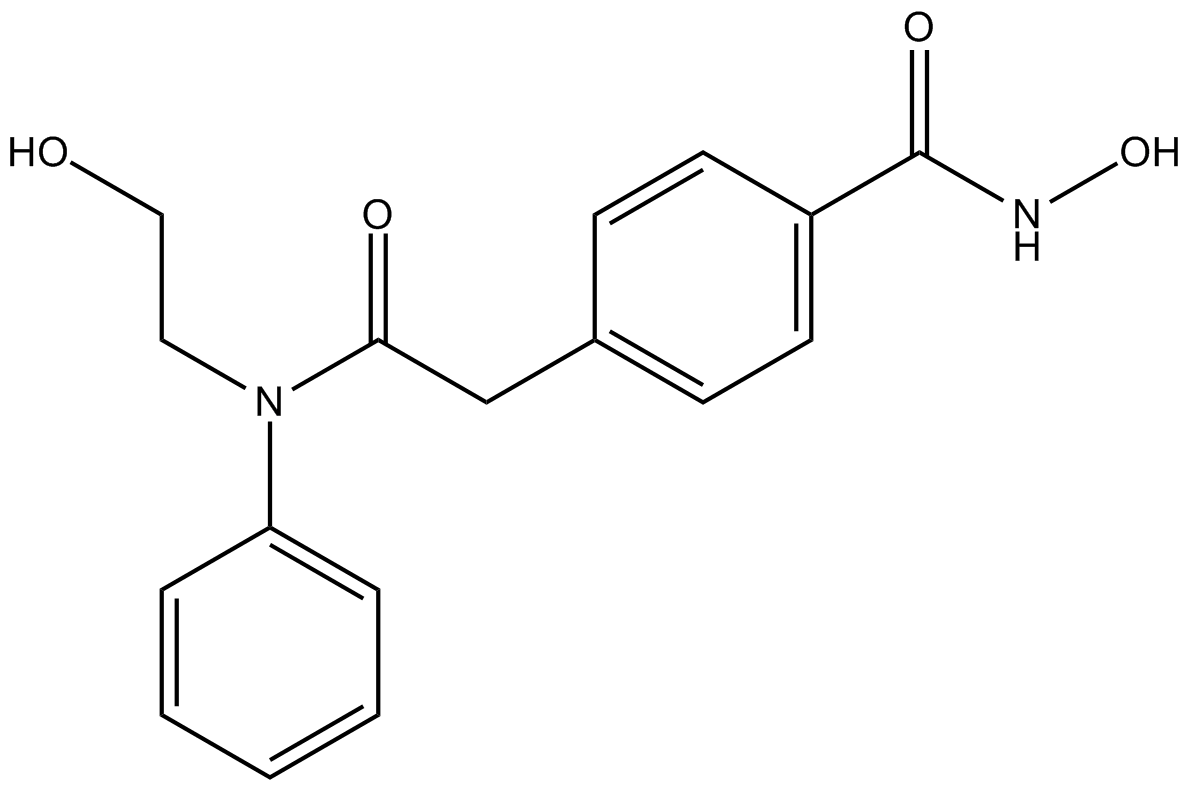
-
GC16713
HS-173
novel PI3K inhibitor
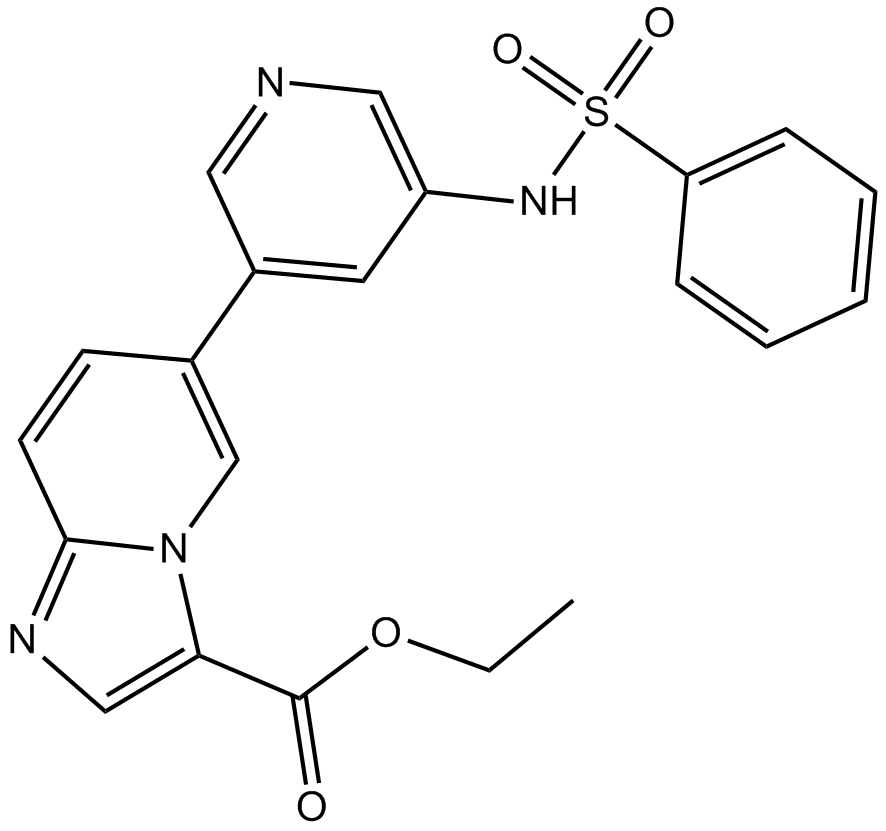
-
GC11973
HSP990 (NVP-HSP990)
HSP990 (NVP-HSP990) is a potent and selective Hsp90 inhibitor, with IC50 values of 0.6, 0.8, and 8.5 nM for Hsp90α, Hsp90β, and Grp94, respectively.
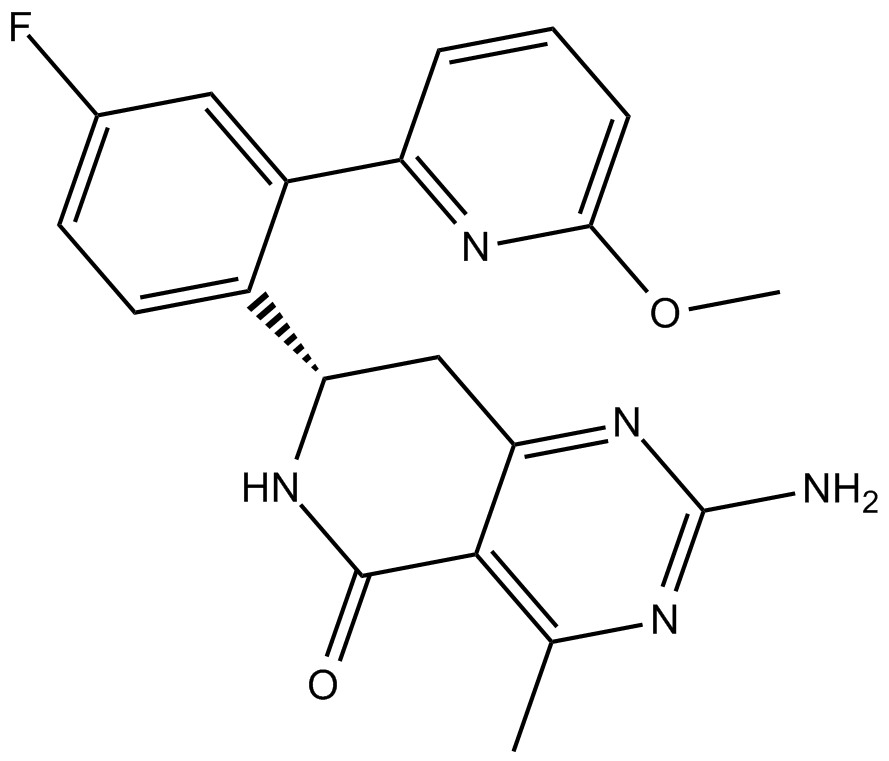
-
GC36270
Hydrolyzed Fumonisin B1
Hydrolyzed Fumonisin B1 (Aminopentol) is the backbone and main hydrolysis product of the mycotoxin Fumonisin B1.
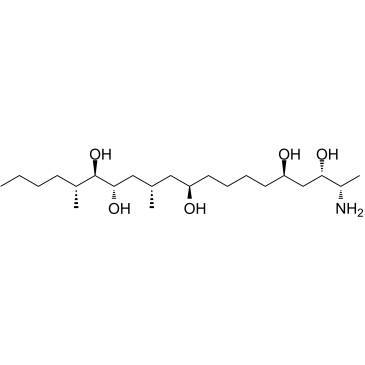
-
GC16843
Hydroxyurea
DNA synthesis inhibitor
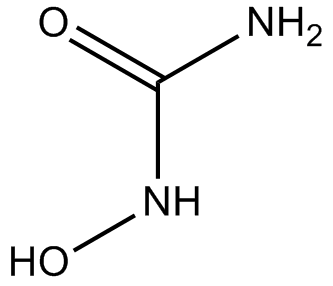
-
GN10302
Hypericin
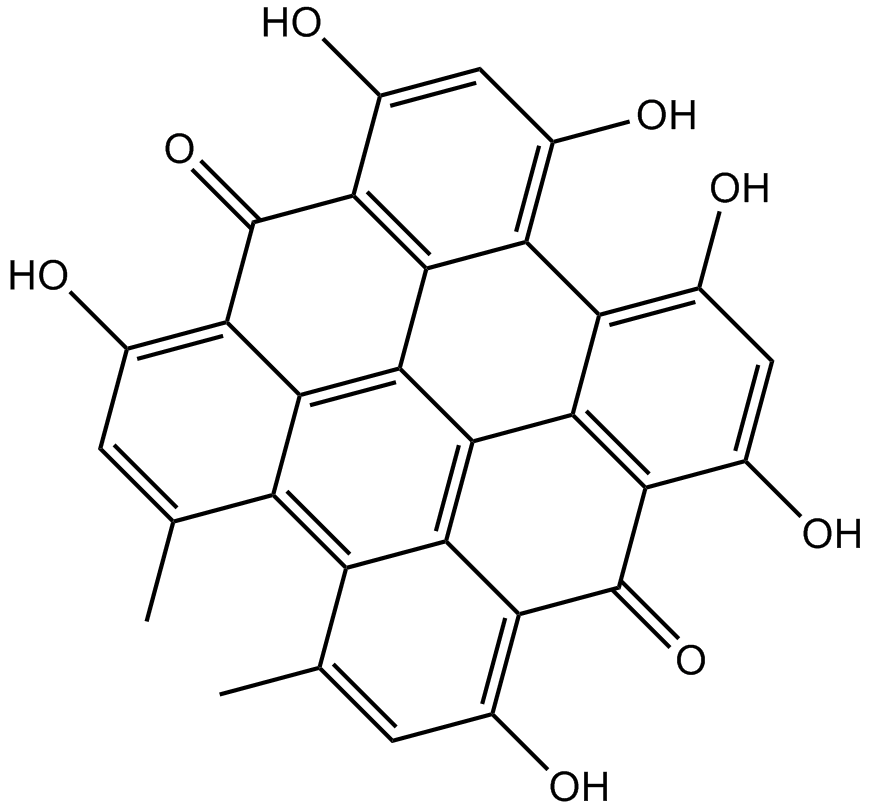
-
GC36283
Hypocrellin B
A fungal metabolite
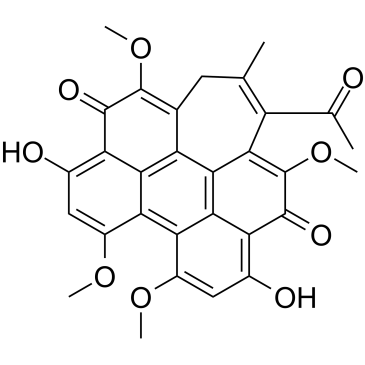
-
GC19194
IACS-10759
IACS-10759 (IACS-010759) is an oxidative phosphorylation inhibitor, IACS-10759 is a potent inhibitor of complex I of oxidative phosphorylation ( OXPHOS )
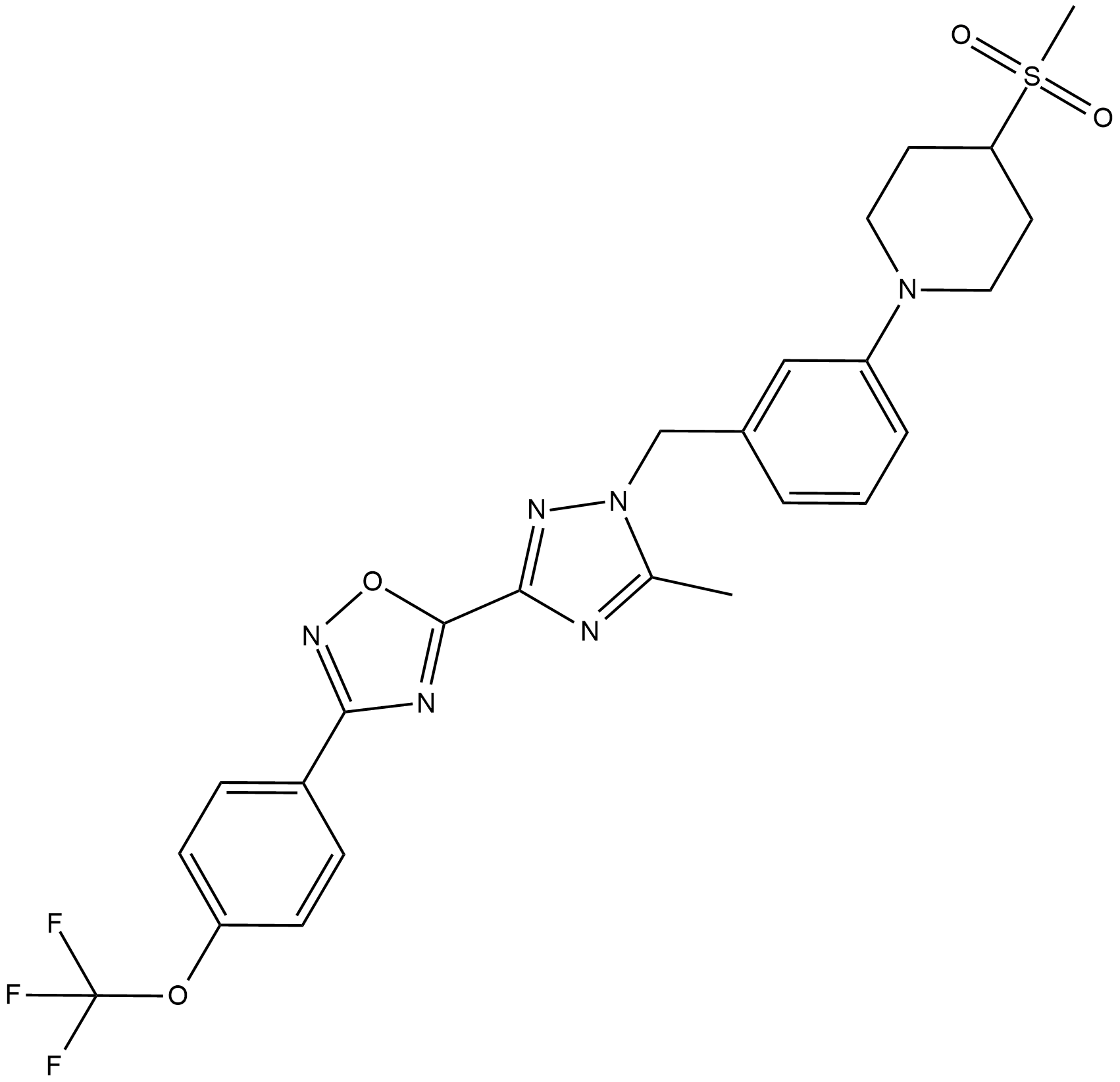
-
GC36286
IACS-10759 Hydrochloride
IACS-10759 Hydrochlorideis an orally active, potent mitochondrial complex I of oxidative phosphorylation (OXPHOS) inhibitor. IACS-10759 Hydrochlorideinhibits proliferation and induces apoptosis in models of brain cancer and acute myeloid leukemia (AML) reliant on OXPHOS. IACS-10759 Hydrochloride has the potential for relapsed/refractory AML and solid tumors research.
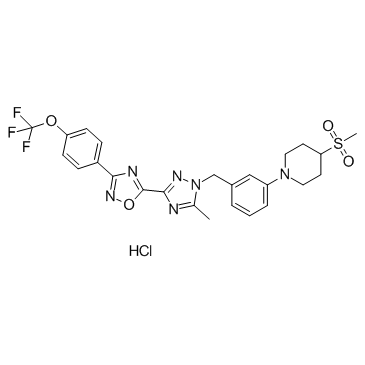
-
GC19197
IB-MECA
IB-MECA (IB-MECA) is a first-in-class, orally active and selective A3 adenosine receptor (A3AR) agonist.
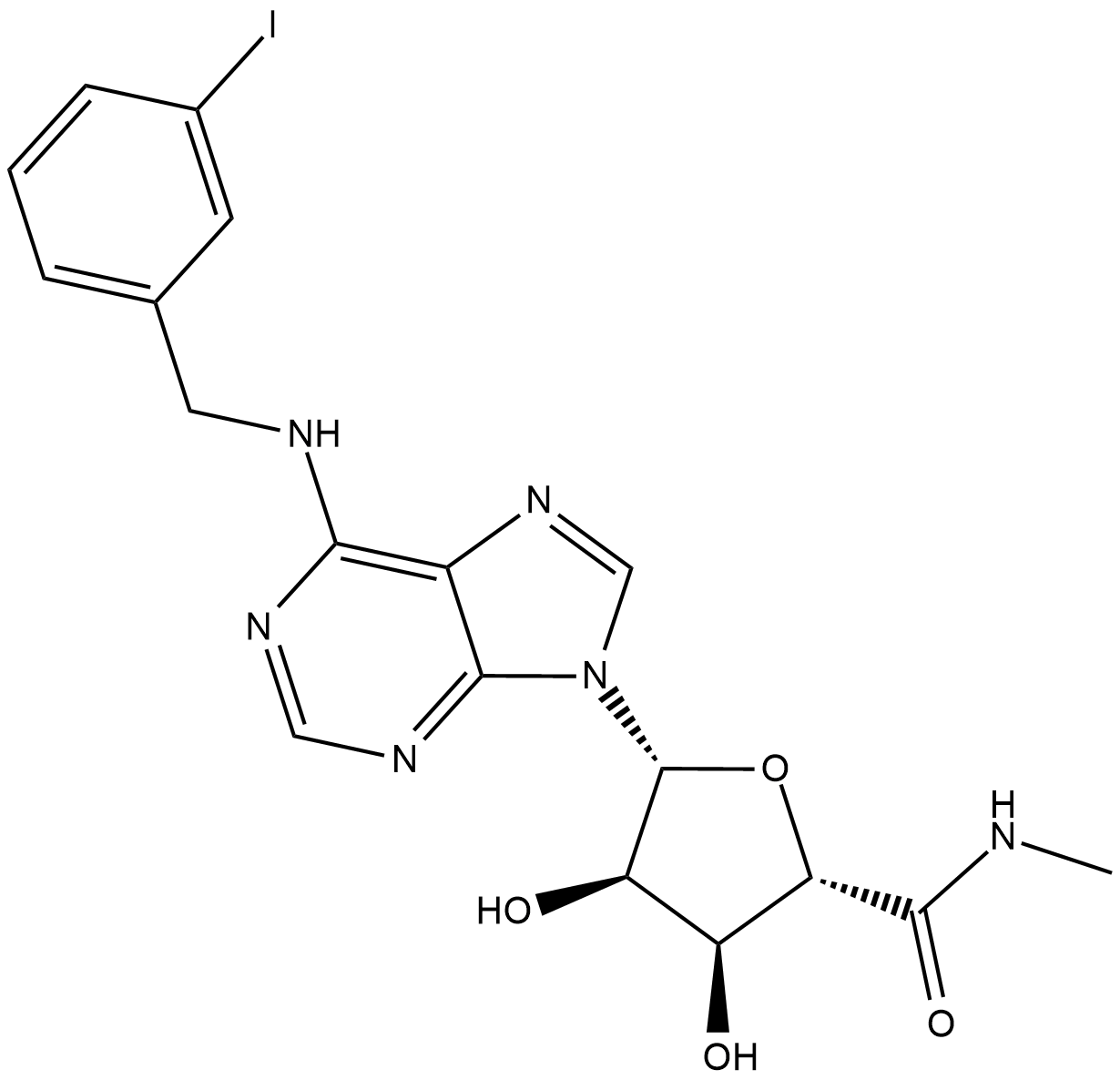
-
GC13246
Ibandronate sodium
Ibandronate sodium is a highly potent nitrogen-containing bisphosphonate used for the treatment of osteoporosis.
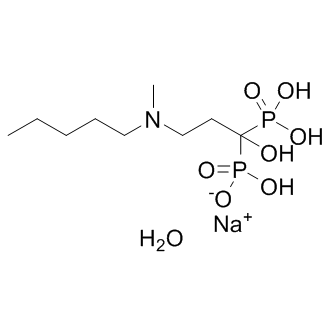
-
GC19195
Iberdomide
Iberdomide (CC-220) is a cereblon modulator with an IC50 of 60 nM.
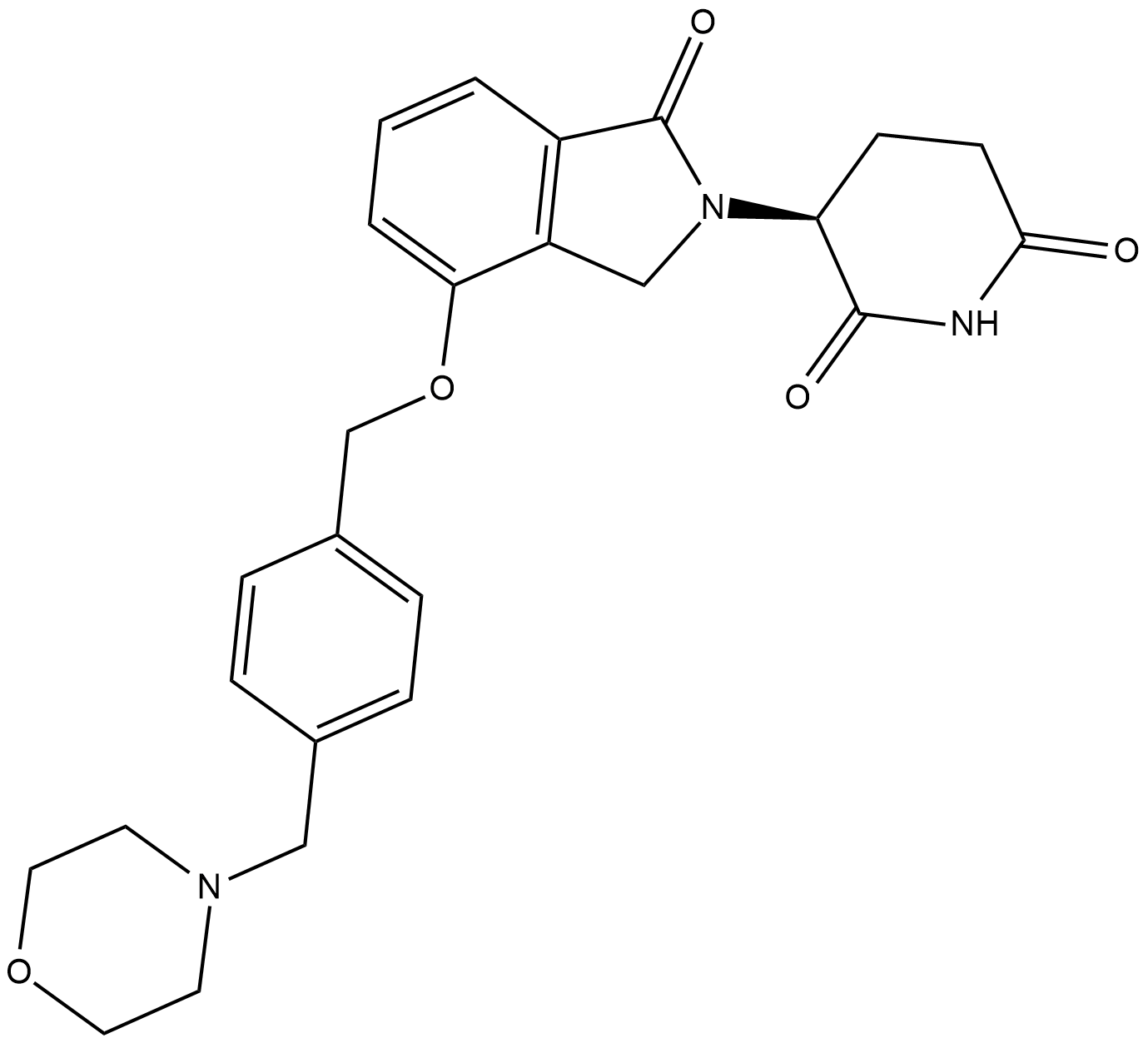
-
GC17287
Iberin
induces the expression of phase II detoxification enzymes, including quinone reductase and glutathione S-transferase
